1 Day in Ayutthaya, Thailand
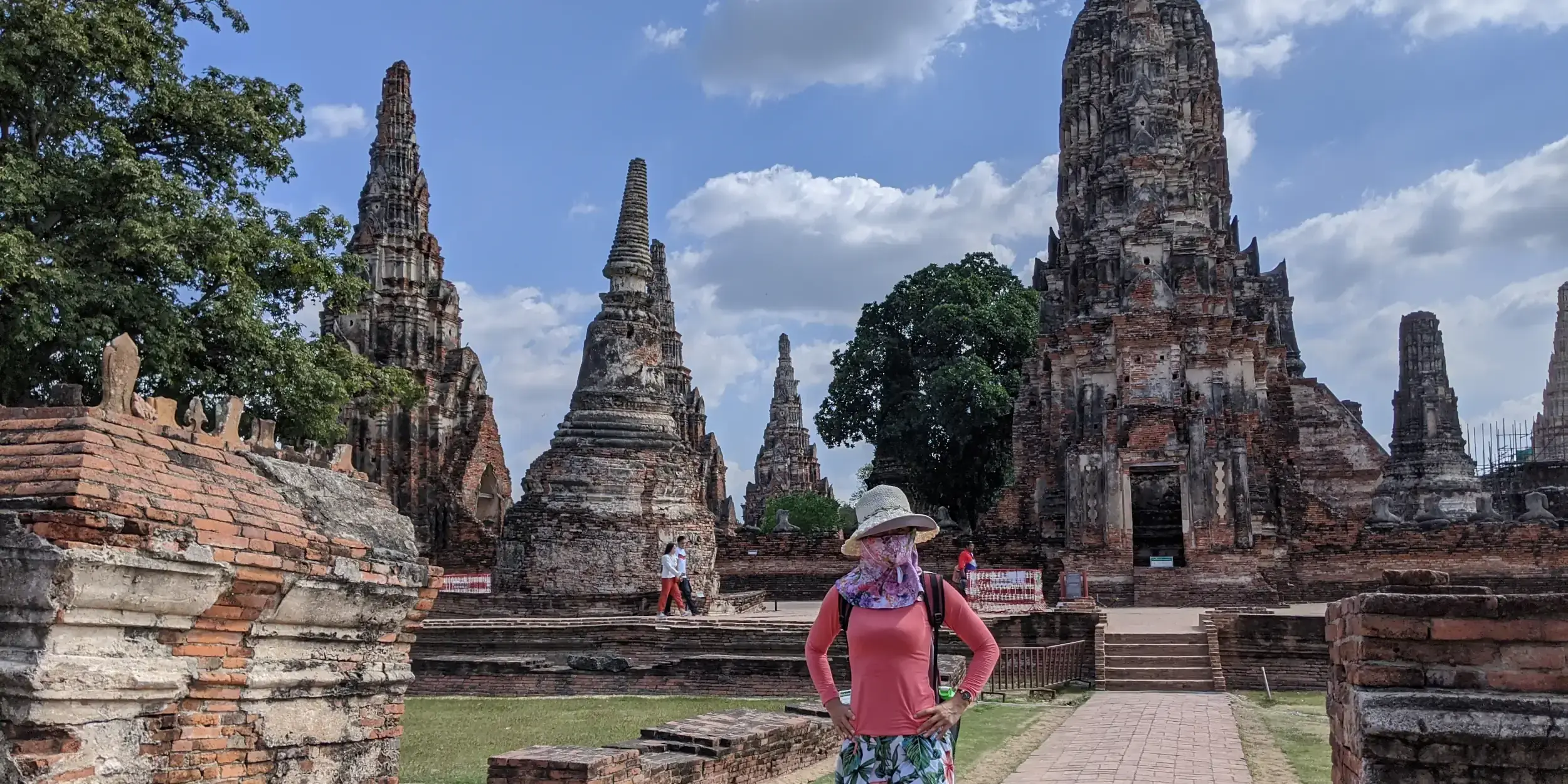
This post contains affiliate links. This means at no extra cost to you, I may earn a commission if you purchase through my links. Please see my website disclaimer for more info.
This is the 9th and final part in my Vietnam & Thailand 2019 series!
You can view my Thailand overview page, as well as my Vietnam overview page with links for all the cities I stopped at.
Day 27
On day 27, we only planned to visit Ayutthaya. We hadn’t fully planned out how though! So after having a quick breakfast nearby on Rambutree road, and passing a nice little Christmas tree …

We started looking into how we’d get to Ayutthaya and visit it. Probably would have been easier to just book a tour, but what I’d read online seemed easy enough.
The basic plan we had was to take a shuttle/bus to the main area, and then possibly rent a bicycle or motorcycle to tour Ayutthaya on our own. When we got there though, the heat was insane and the sun was beating down on us, so I was worried cycling or motorcycling was going to be a bad idea after all. We tried to look for a place renting either bicycles or motorcycles anyway, but couldn’t find any, despite getting directions from locals. We did have tuk tuks constantly telling us to go with them, and so finally, considering the intense sun and the fact we couldn’t find any other transportation, we decided to just go with one of them. We negotiated for quite a while though, and finally agreed on a price less than half of what they were originally asking for, but I have no idea if we got a good price or not.
The final cost breakdown for us was as follows:
- Grab car to Mo Chit bus station: 178 THB
- Bus ticket to Ayutthaya: 70 THB x 2
- Tuk tuk to explore Ayutthaya: 600 THB
- 1st location tickets: 50 THB x 2
- 2nd location tickets: 50 THB x 2
- 3rd location tickets: 50 THB x2
- Train ticket back to Bangkok: 345 THB x 2
Total cost: 1,908 THB
So when it comes down to it, doesn’t really seem like we saved much by doing it on our own, other than being able to go at our own pace, and see what we wanted to see. Maybe we saved about $30 CAD compared to booking a tour? Maybe not even that much. I definitely did enjoy that it was just us though, on our own. So from that perspective, considering it was like a private tour, perhaps we actually did save quite a bit!
Exploring Ayutthaya
Regardless of whether we saved money or not, Ayutthaya was one of my favourite parts of coming to Bangkok. The structures, or what remains or them, are incredibly beautiful and hold so much history. It’s amazing to see what it still standing after all these years.
The Ayutthaya Kingdom, the Empire of Ayutthaya (1569–1767), or the Ayutthaya Empire, was a Siamese kingdom that existed in Southeast Asia from 1351 to 1767, centered around the city of Ayutthaya, in Siam, or present-day Thailand. European travellers in the early 16th century called Ayutthaya one of the three great powers of Asia (alongside Vijayanagar and China). The Ayutthaya Kingdom is considered to be the precursor of modern Thailand, and its developments are an important part of the history of Thailand.
Wikipedia
As we were not familiar with Ayutthaya’s layout, we let the tuk tuk driver decide which temples and structures to bring us to. We told her we had about 5-6 hours to explore, and she said she’d bring us to the main ones. We were happy with that, and off we went!
We ended up being able to visit 7 locations while we were there, so I think we did pretty well for our time there.
1st stop: Wat Chai Watthanaram

Wat Chaiwatthanaram lies on the west bank of Chao Phraya River, south-west of the old city of Ayutthaya. It is a large compound part of Ayutthaya Historical Park; however not a part of Historic City of Ayutthaya, a UNESCO World Heritage Site.
Wikipedia
One of the things you notice when walking around parts of this complex in particular, is the lack of heads on some (most) of the statues. I asked our tuk tuk driver about it, assuming it was just an unfortunate result of time and natural decay, but apparently they’ve been chopped off by thieves selling them on the black market to collectors!
Do these rich arseholes really have nothing else to spend their money on? Does preserving history mean nothing to them? … That was a rhetorical question of course.
What a shame.

Wat Chai Watthanaram was a royal temple, where the king and his successors performed religious ceremonies, including cremations! Unfortunately we couldn’t enter the main 35 meter high temple (prang), but totally understandable as I’m sure it would get damaged in no time with all the tourists.


The temple was constructed in 1630, in Khmer style.
Absolutely incredible architecture, most of which was unfortunately destroyed by the Burmese during the battles between the two kingdoms.


2nd Stop: Wat Lokkaya Sutharam
Next we visited Wat Lokkaya Sutharam, which is home to a huge reclining Buddha statue. It’s 42 meters long and 8 meters high, and is one of the largest reclining Buddha statues in Thailand. It’s also one of the few that is not covered in gold leaf, but rather a white stucco. The Buddha being in the reclining position like this depicts him at the time of his death, as he enters Nirvana.

I read online that the Buddha is usually draped in a golden sarong, but seems that wasn’t the case when we visited. 😕

Behind the Buddha is all that remains of Wat Lokkaya Sutharam, which as you can see, isn’t much - just the base/platform really, along with the prang seen in the distance.

I did walk towards the end though, and then noticed that there seemed to be more in the distance …


Wat Wora Chet Tha Ram
So I called my girlfriend over, and we crossed over some water, to see that there was another temple ruin on the other side. This one appears to be called Wat Wora Chet Tha Ram.
All that remains of this temple is a sitting Buddha in front of a chedi, and then a ceiling-less room with another sitting Buddha inside. These two were adorned with beautiful golden sarongs.



3rd stop: Chedi Phukhao Thong
Next, we headed to what is apparently a chedi, although it’s quite a bit different than the other chedi’s I’ve seen in Thailand.
This chedi is the result of several changes over a few hundred years. What we see now is the result of a restoration during the reign of King Boromakot, built in a new Thai style, after the previous one fell into disrepair.


I believe it was recently re-painted, although I don’t know how recently. You’re able to climb up this chedi, albeit not all the way to the top. Apparently in 2014, it was possible to visit the shrine inside the central tower.
It’s quite a climb up, and you’re wide open to the elements. So on a sunny hot day like it was when we were there, it’s best to bring an umbrella to shield yourself from the sun. when you reach the top (of where you can climb to), you get a really great view of the surrounding area.



4th stop: Wat Phra Si Sanphet
Next up we visited Wat Phra Si Sanphet, which I believe is the largest complex in Ayutthaya. Almost the entire site was destroyed by the Burmese in 1767, and all that remains are the three chedis. The chedis were built to store the ashes of three kings of Ayutthaya.
Construction of Wat Phra Si Sanphet began in 1350, however the first 2 chedis weren’t built until 1492, with the third being built in 1592. The chedis are all in a row, and are quite impressive to see.

You can wander around the entire complex, which is of course mostly ruins. The chedis cannot be climbed or entered though.


Wat Phra Si Sanphet, the royal temple which was burned to the ground, was exclusively used by members of the royal family.


5th stop: Wat Maha That
Wat Maha That was used for important royal ceremonies and celebrations. If you’ve ever seen the image of the Buddha head in the tree, then it’s likely the one at Wat Maha That. This is one of the most famous sites in Ayutthaya, and was one of our last stops here.

Wat Maha That was one of the most important monasteries of the Ayutthaya kingdom, not only because it was the religious centre and enshrined relics of the Buddha, but also because of its proximity to the Grand Palace. It was a royal monastery and the seat of the Supreme Patriarch of the City Dwelling sect till the end of the Ayutthaya period - at par with the Supreme Patriarch of the Forest Dwelling sect, which had its seat at Wat Yai Chai Mongkhon (called Wat Pa Kaeo in earlier times).
ayutthaya-history.com


And once again, the headless statues …

We didn’t actually spend a lot of time at Wat Maha That, as we were starting to run short of time! So after a quick look around, we hurried to our last stop of the day …
6th stop: Wat Yai Chai Mongkhon
Wat Yai Chai Mongkon, or Great Monastery of Auspicious Victory in English, was our last stop of the day. This temple has also gone by the names Wat Pa Kaeo, Wat Chao Phraya Thai, and Wat Yai Chaiya Mongkhon in the past.
The walk up to this temple, from where our tuk tuk driver let us off, had a different feel then the others, as there was a moat surrounding this one. It also seemed, I don’t know … more active somehow? Not due to more tourists, in fact there were less tourists when we arrived here than at Wat Maha That, where the famous Buddha head in the tree is. I guess it’s just that this site was a lot more complete, with newer sections that likely weren’t part of the original layout, and temples you can enter.

In the year 1357 two princes of Ayutthaya, Chao Kaeo and Chao Thai, died of cholera. King Ramathibodhi I (r. 1350 - 1369) ordered the bodies of both princes to be exhumed and at the cremation site, a monastery with a holy monument (stupa) and a preaching hall (viharn), be established. He gave the monastery the name “Wat Pa Kaeo” or the Monastery of the Crystal Forest.
The temple became the home of Buddhist monks ordained and trained at the Monastery of Phra Wanaratanathen in Ceylon (present Sri Lanka). The Sangha group was mainly engaged in meditation. The king conferred the title of “Right side Supreme Patriarch” to the head of the group, Somdet Phra Wanarat. The monastery became known as “Wat Chao Phya Thai” - The Monastery of the Supreme Patriarch.
ayutthaya-history.com
There’s an initial temple, or ordination hall, that you pass on the way to the main temple. A newer roof was added over the front section with the Buddha to prevent further damage. The Buddha in the ordination hall also looks quite new, but I couldn’t find much info about it.


After passing the ordination hall, you come to the main chedi. It’s quite large, and has a lot of Buddha statues surrounding the base.

As with most ancient temples and structures, parts of this site have gone through restorations, or are completely new. The Buddha statues below, for example, are newly built after the originals succumbed to natural decay.


The chedi is open to visitors. Inside is a pretty small area, with golden (or bronze I suppose) Buddha’s along the walls. We went in and had a quick look, but I haven’t included any of those pics here.



Now one part of the site we seem to have missed is the reclining Buddha! Not quite sure how we missed it, but I believe it’s at the back, so we may have forgotten to go back there!
Heading Back to Bangkok
After we finished up at Wat Yai Chai Mongkhon, we headed back to the tuk tuk, and our driver took us back to the train station. We had a bit of time before the train left, so we grabbed some food from a street vendor, and then waited for the train.

Ayutthaya Verdict
Visiting Ayutthaya was something I was really looking forward to, and I definitely wasn’t disappointed. I’m still not sure if it’s better to do it on your own, or book a tour though. I think if you’re going to do it on your own, perhaps plan for two days, so you can take advantage and see all of the spots. Otherwise I think booking a tour is probably fine, as at least they take care of all the logistics.
Either way, no matter how you get there, I think it’s a must see if you’re in or near Bangkok!
And that wrapped up my time in Vietnam and Thailand! I’ve been to Asia before, when I visited parts of China and Hong Kong. But this was my first time in South East Asia, and it was certainly an experience … an amazing one for sure.
If you don’t already have SEA on your bucket list, I highly recommend adding it! I’m already looking forward to coming back. 😎
Until next time,
michael 😀
Share this post:

One Month at the Ramada by Wyndham, Ha Long, Vietnam

An Afternoon in Ocean Park 2 and 3, Hung Yen, Vietnam

One Month in Vinhomes Smart City, Hanoi, Vietnam

Sapa Itinerary: 3 Days Exploring Sapa, Vietnam

Hotel Scams in Vietnam - Traveller Beware

Climbing Ham Rong (Dragon) Mountain, in Sapa, Vietnam

Hiking Muong Hoa Valley, Sapa, Vietnam

Sapa Night Market, Sapa, Vietnam

Experiencing Cat Cat Village, in Sapa, Vietnam
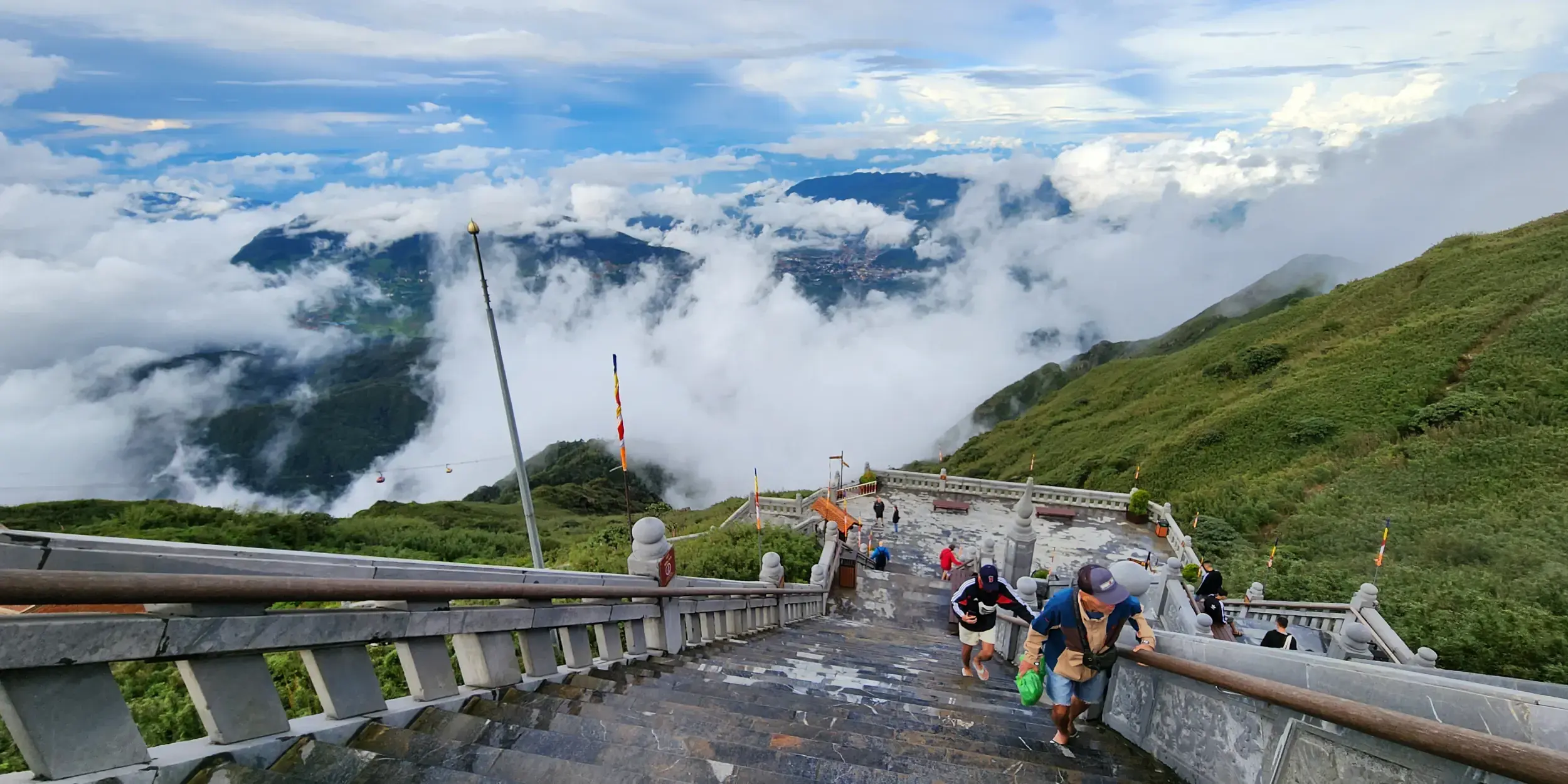
Climbing Fansipan Mountain, in Sapa, Vietnam
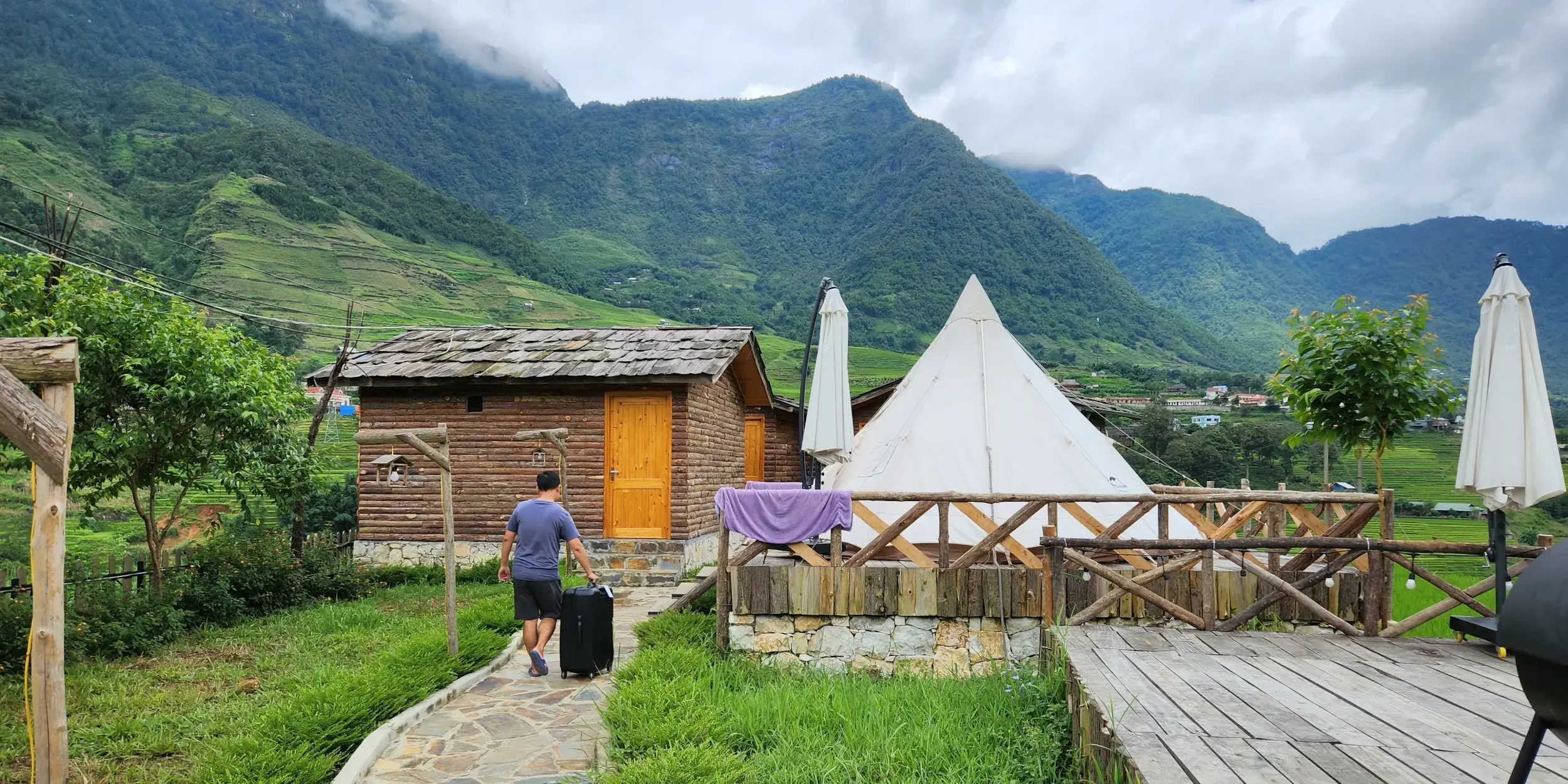
S Plus Bungalow in Sapa, Vietnam

Sapa CatCat Hills Resort & Spa in Sapa, Vietnam
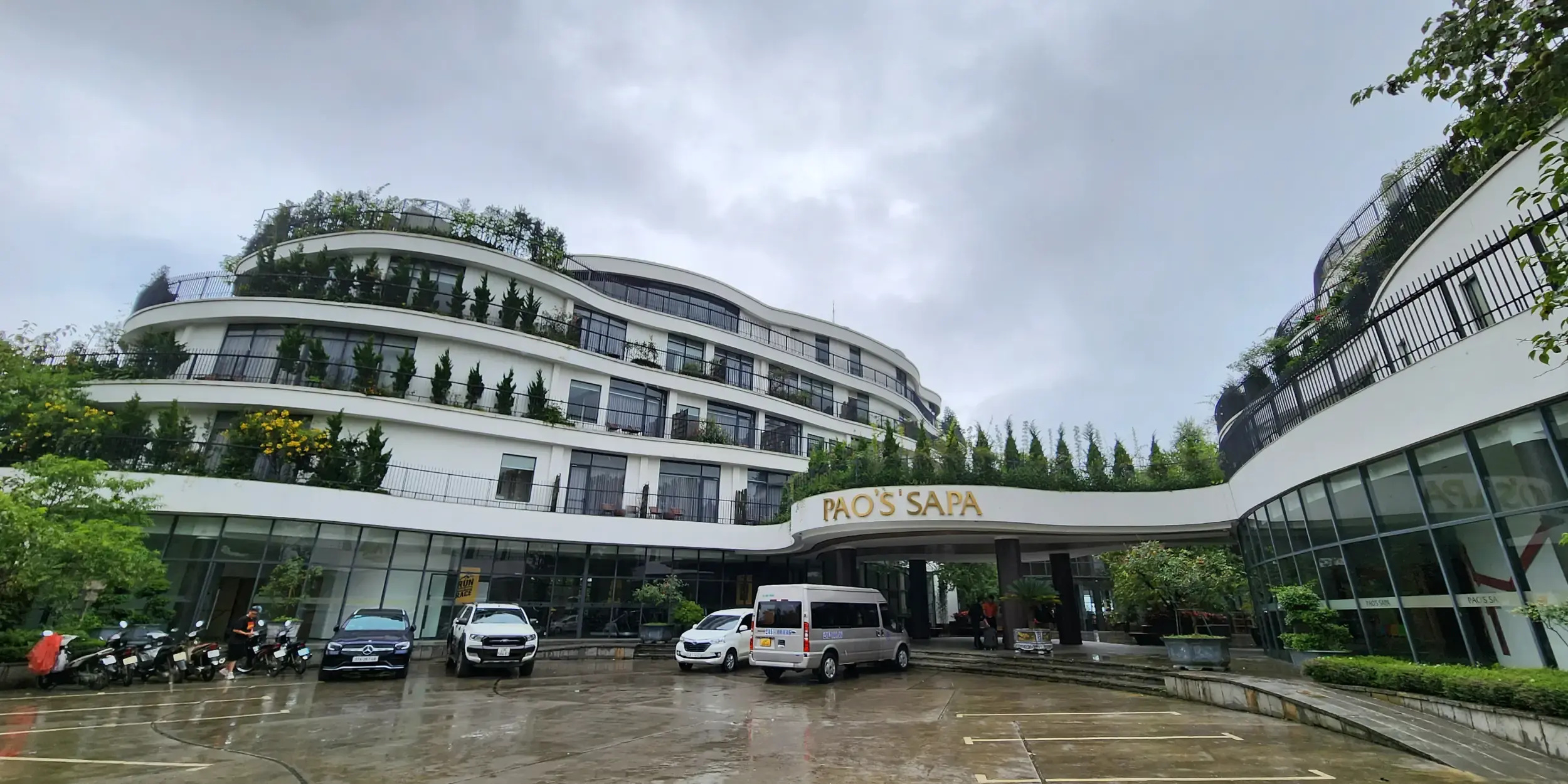
Pao's Sapa Leisure Hotel in Sapa, Vietnam
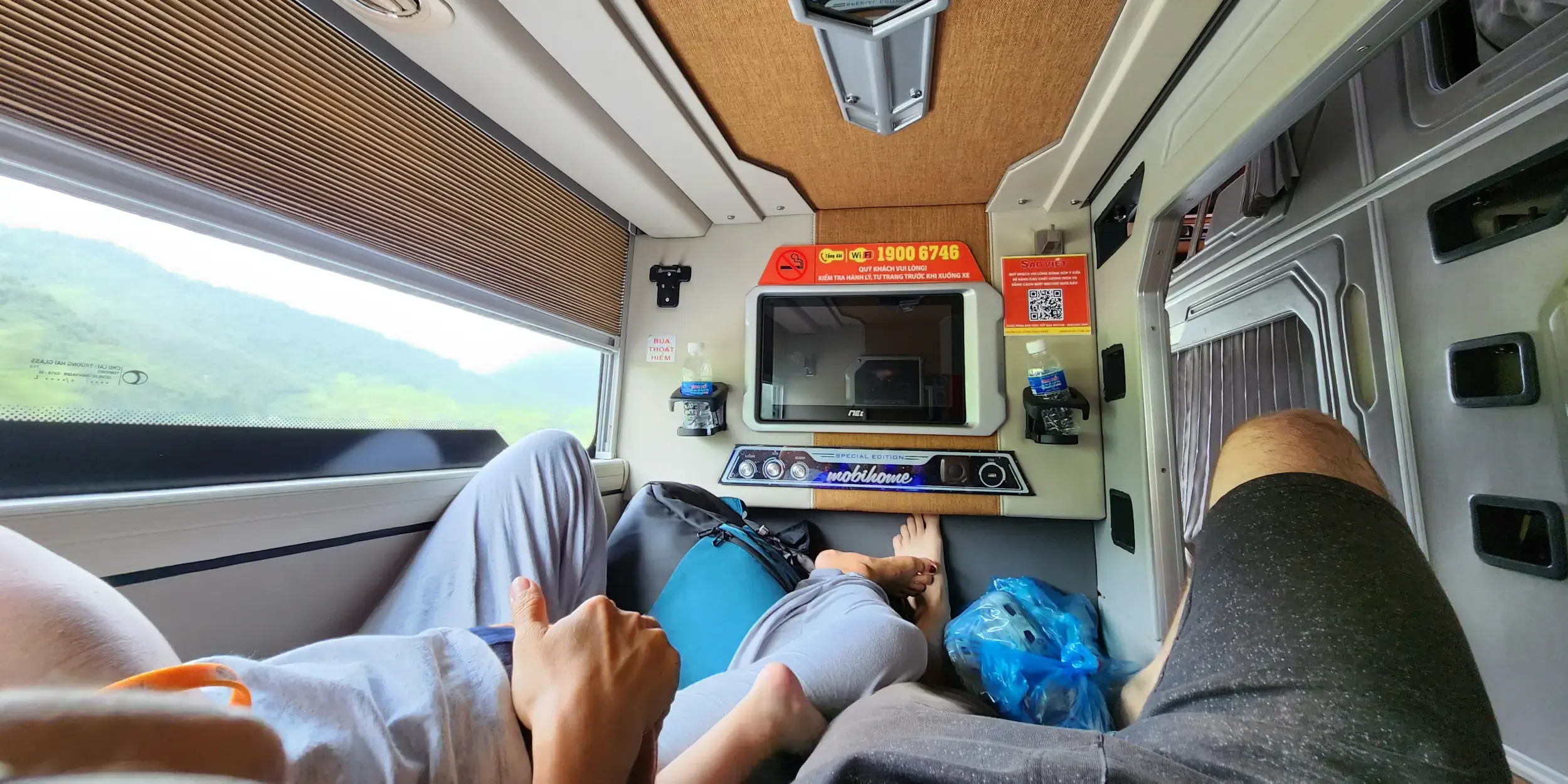
Thinking about Taking a Sleeper Bus in Vietnam?

Sapa - Trekker's Paradise, or Tourist Trap?
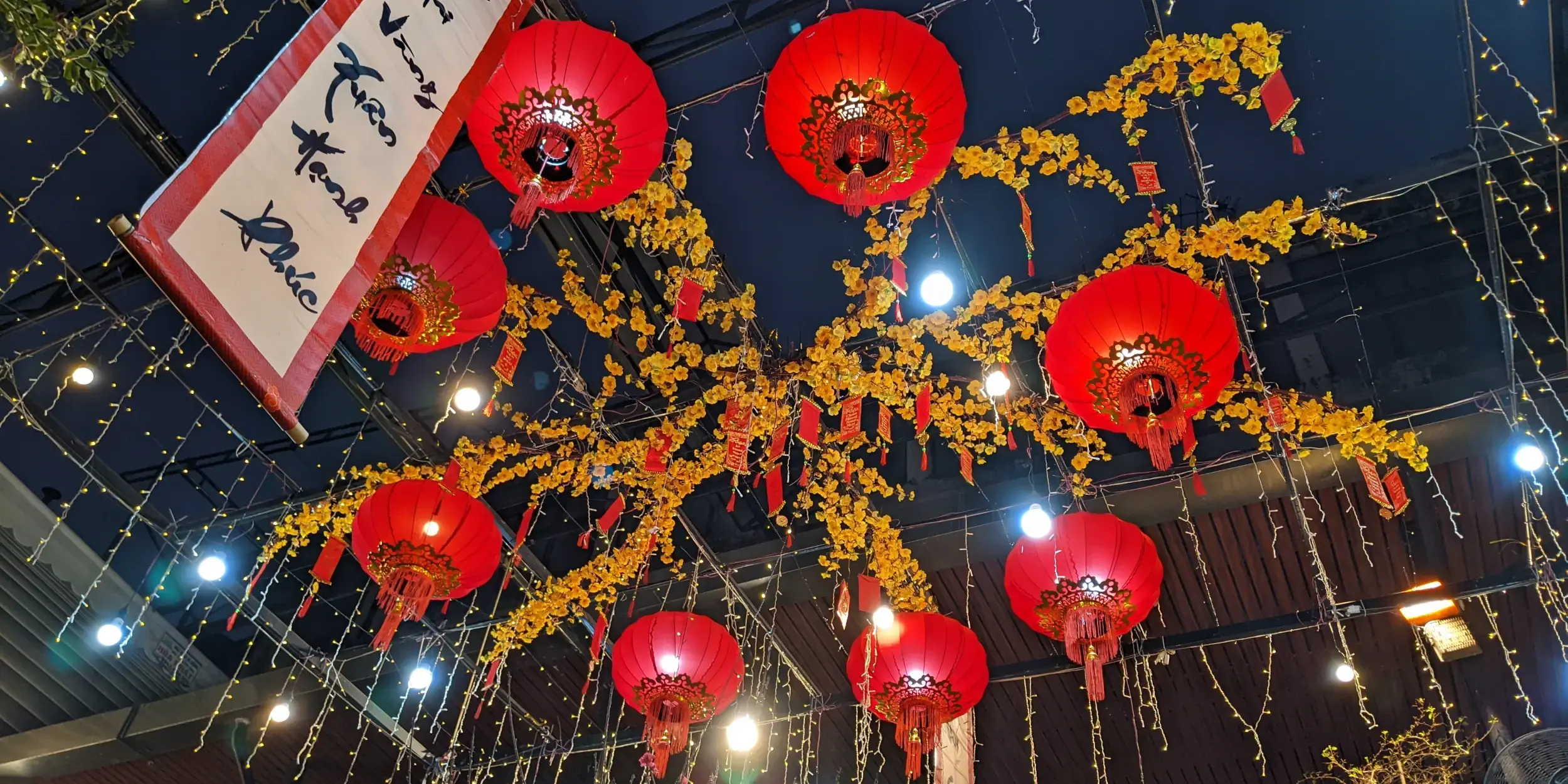
Planning to Visit Vietnam During Tet?
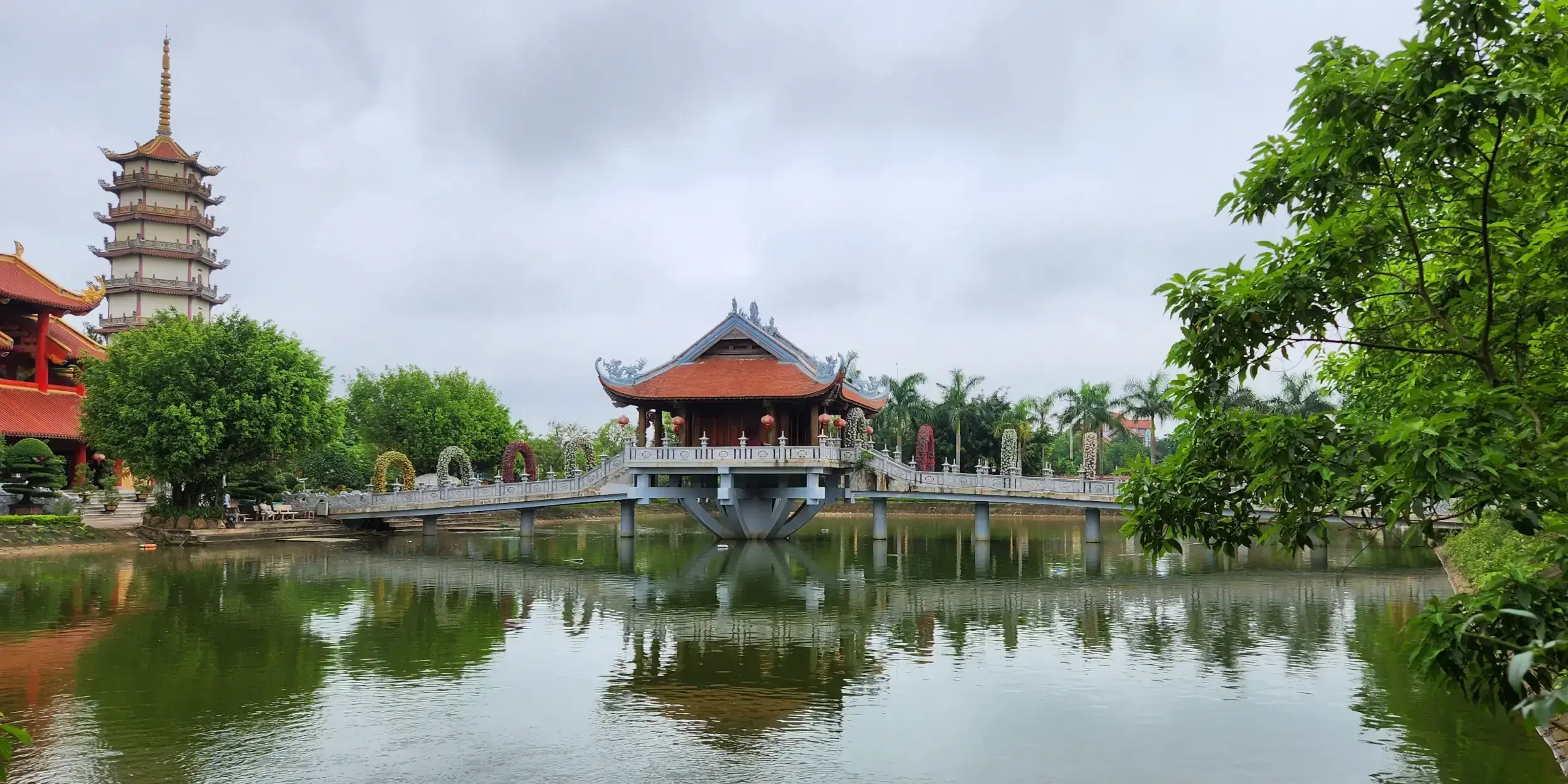
2 Tranquil Temples on the Outskirts of Hanoi
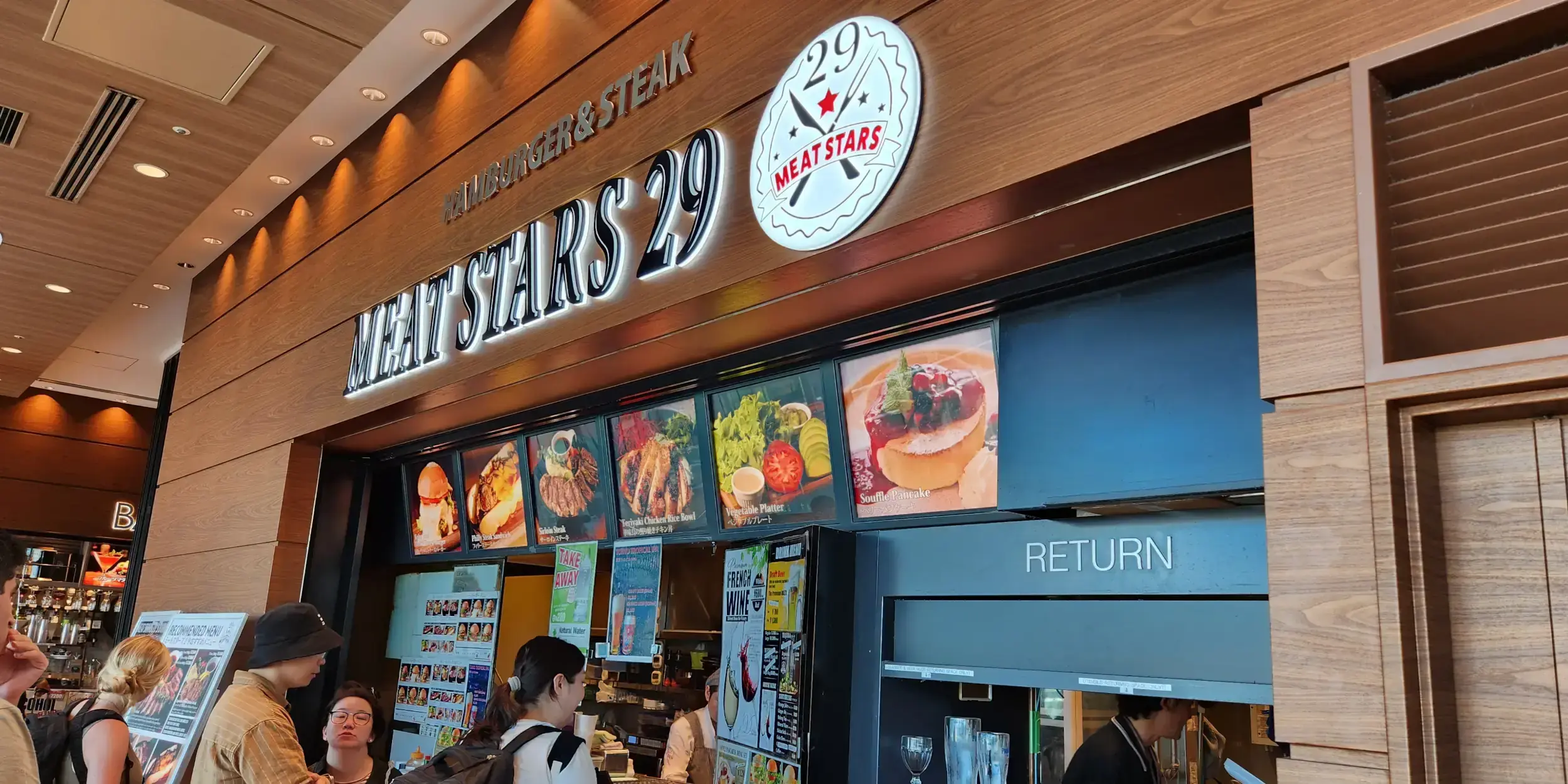
I Had One of the Best Burgers Ever at Haneda Airport
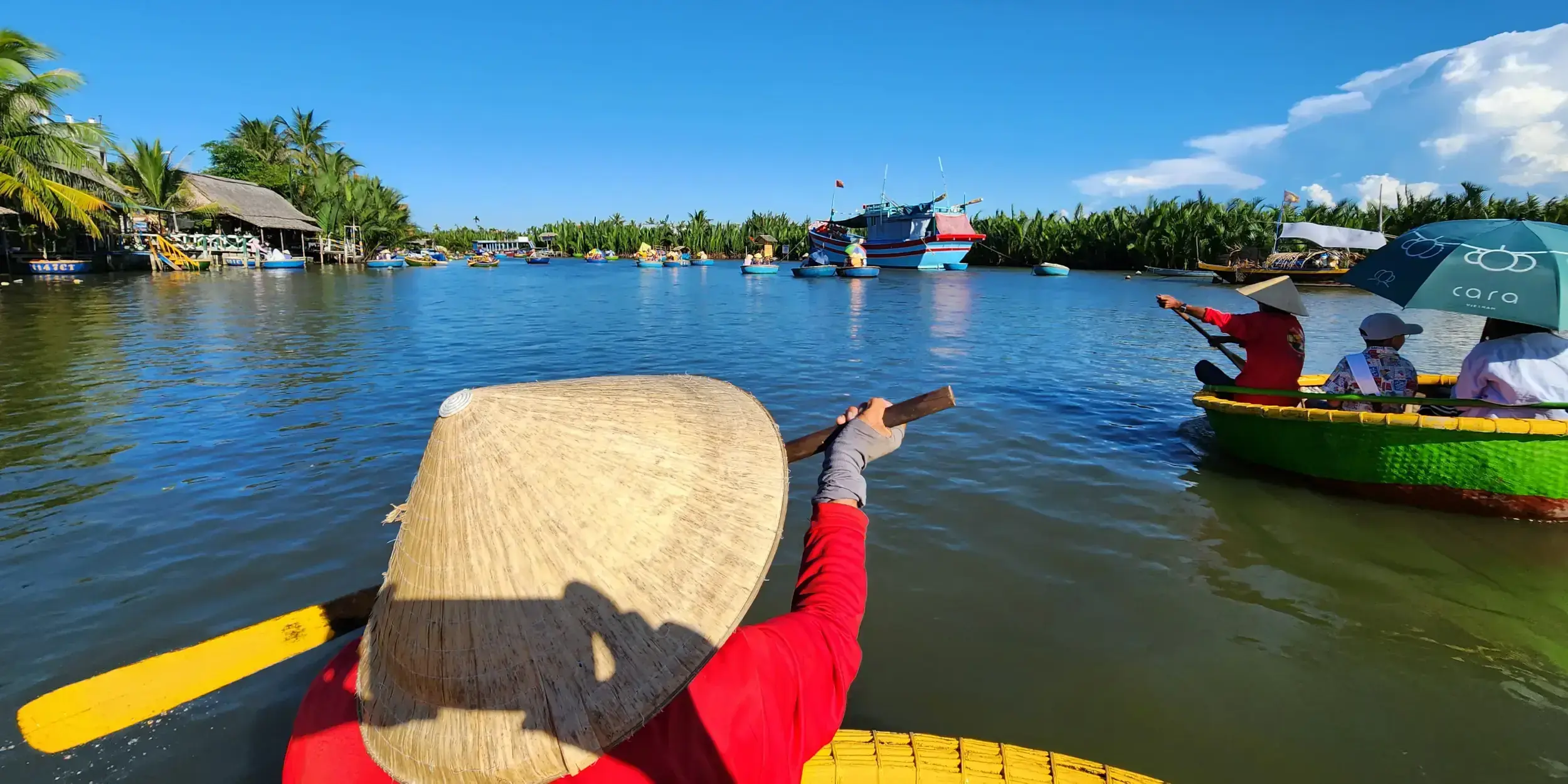
A Beautiful Afternoon in Hội An, Vietnam
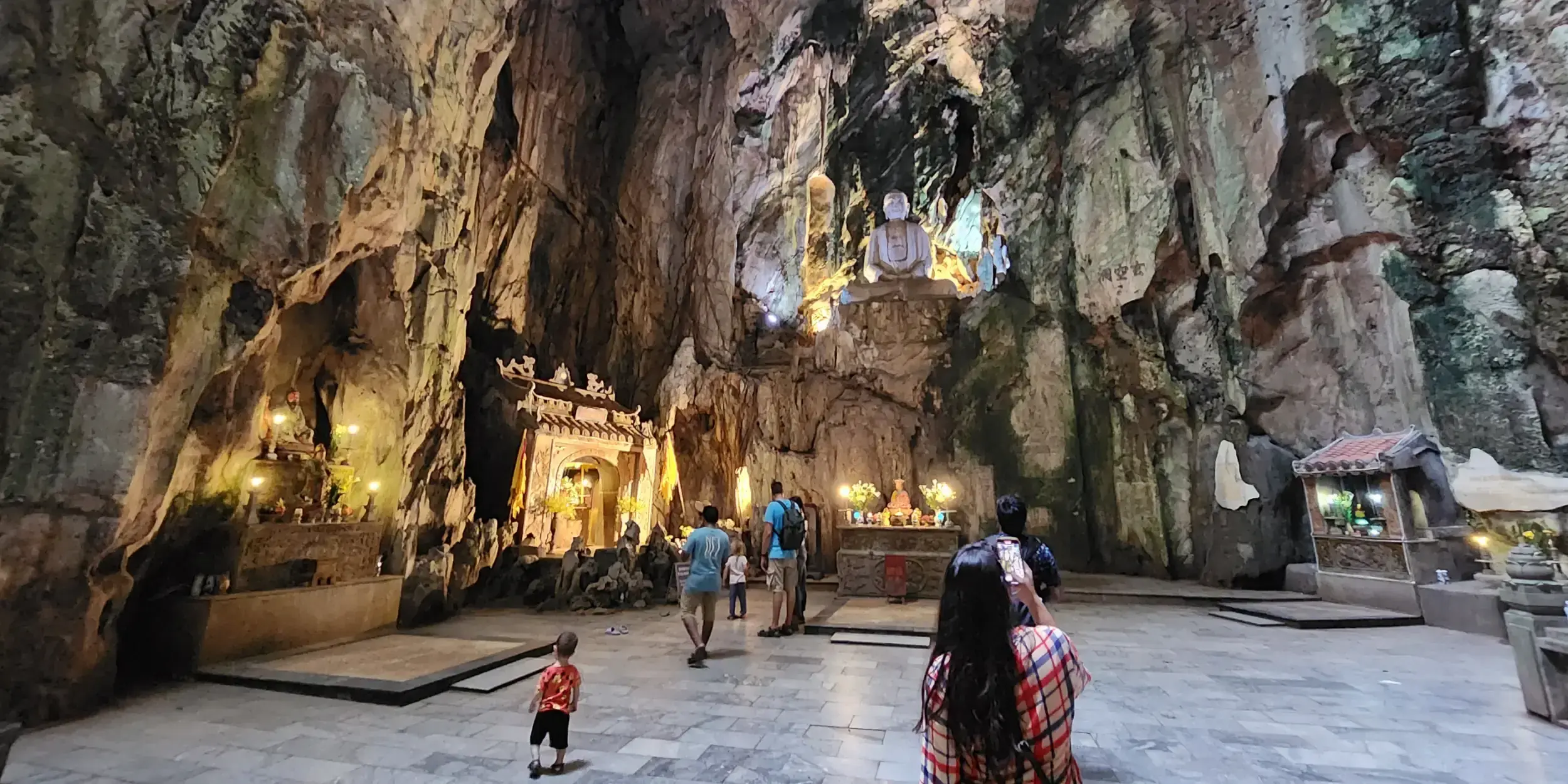
Visiting the Marble Mountains in Da Nang, Vietnam
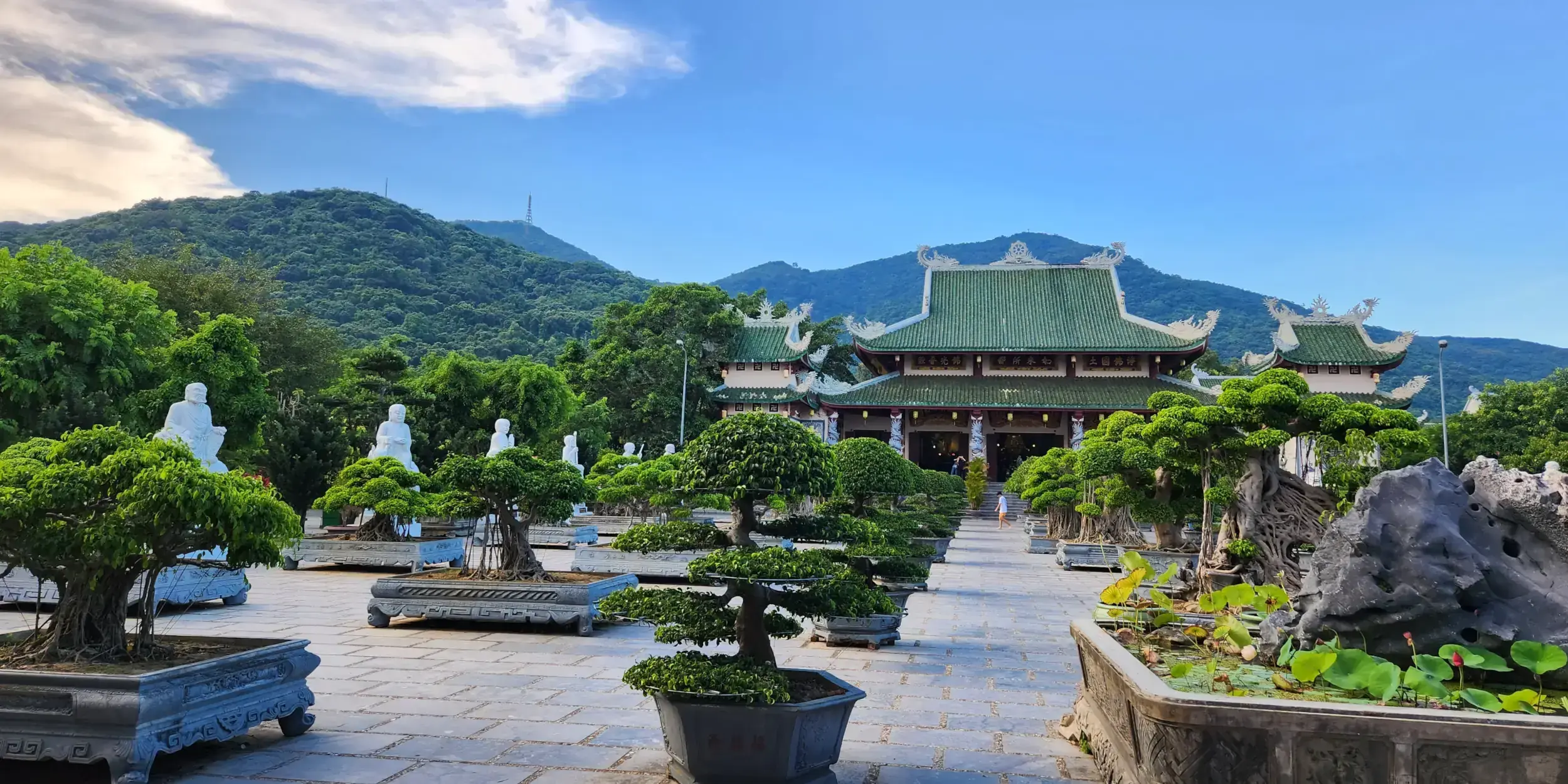
Linh Ứng Pagoda, Da Nang, Vietnam
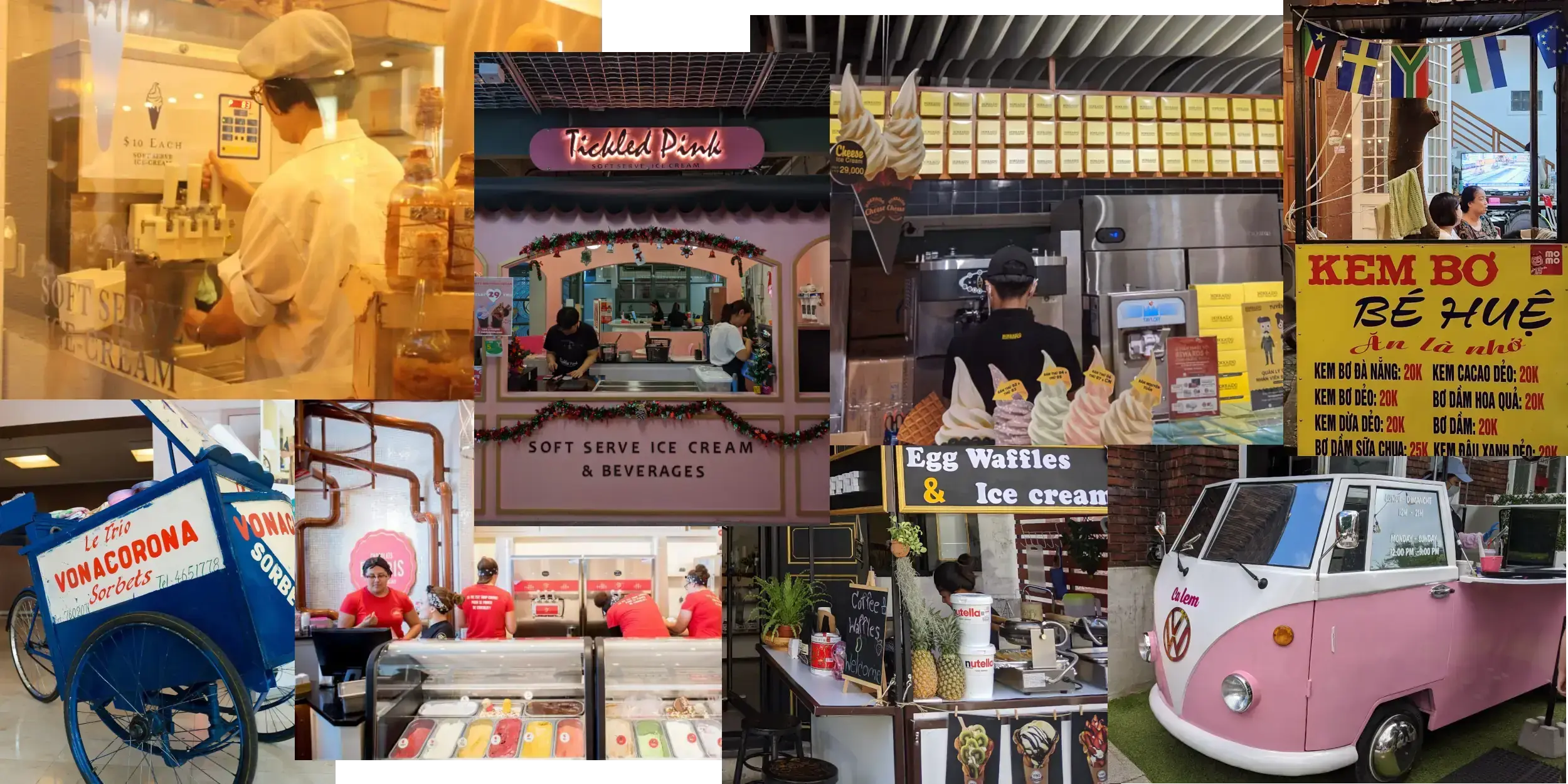
Unique and Delicious Ice Cream From Around the World
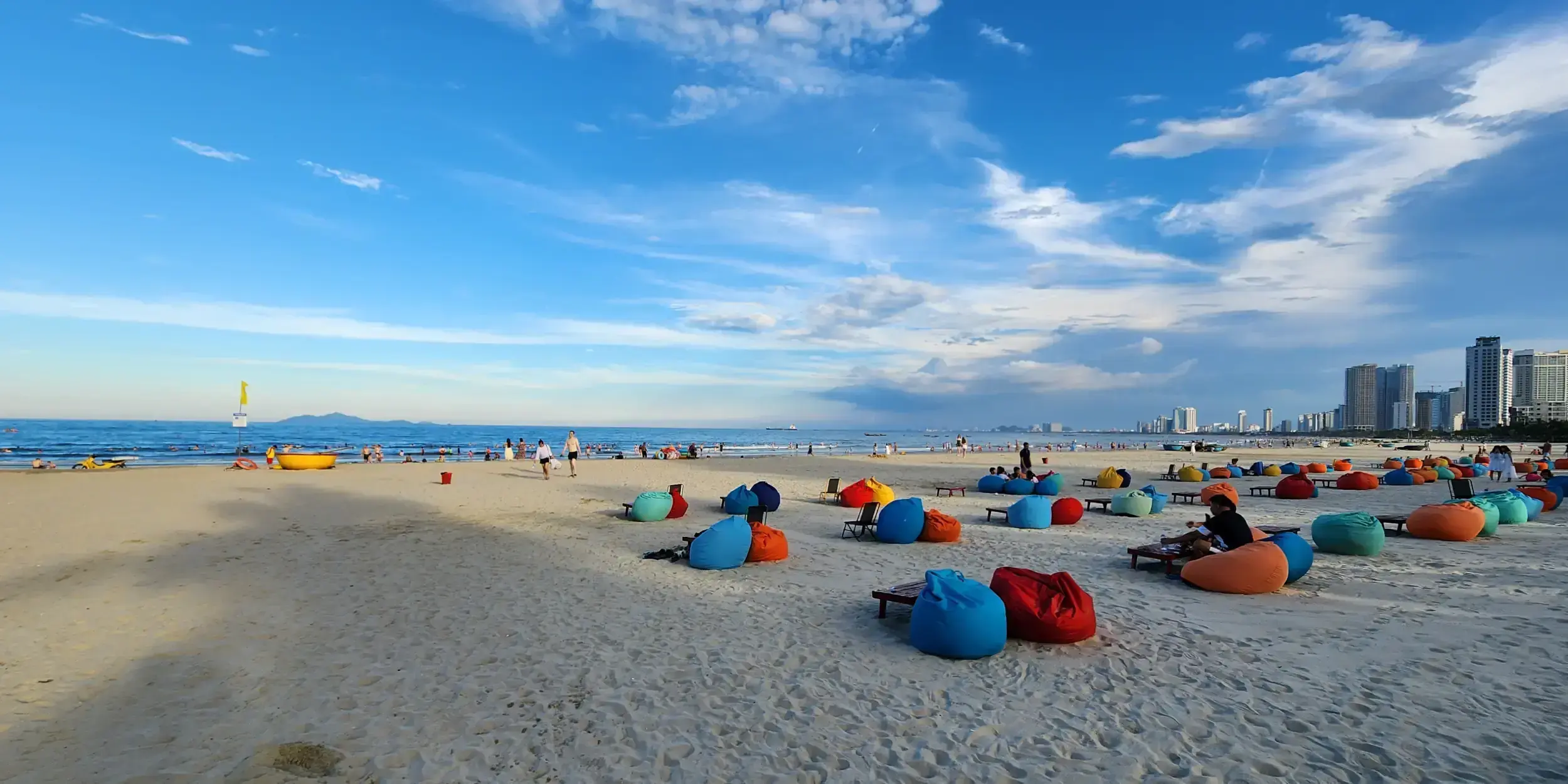
Da Nang Beaches - Pham Van Dong vs. My Khe
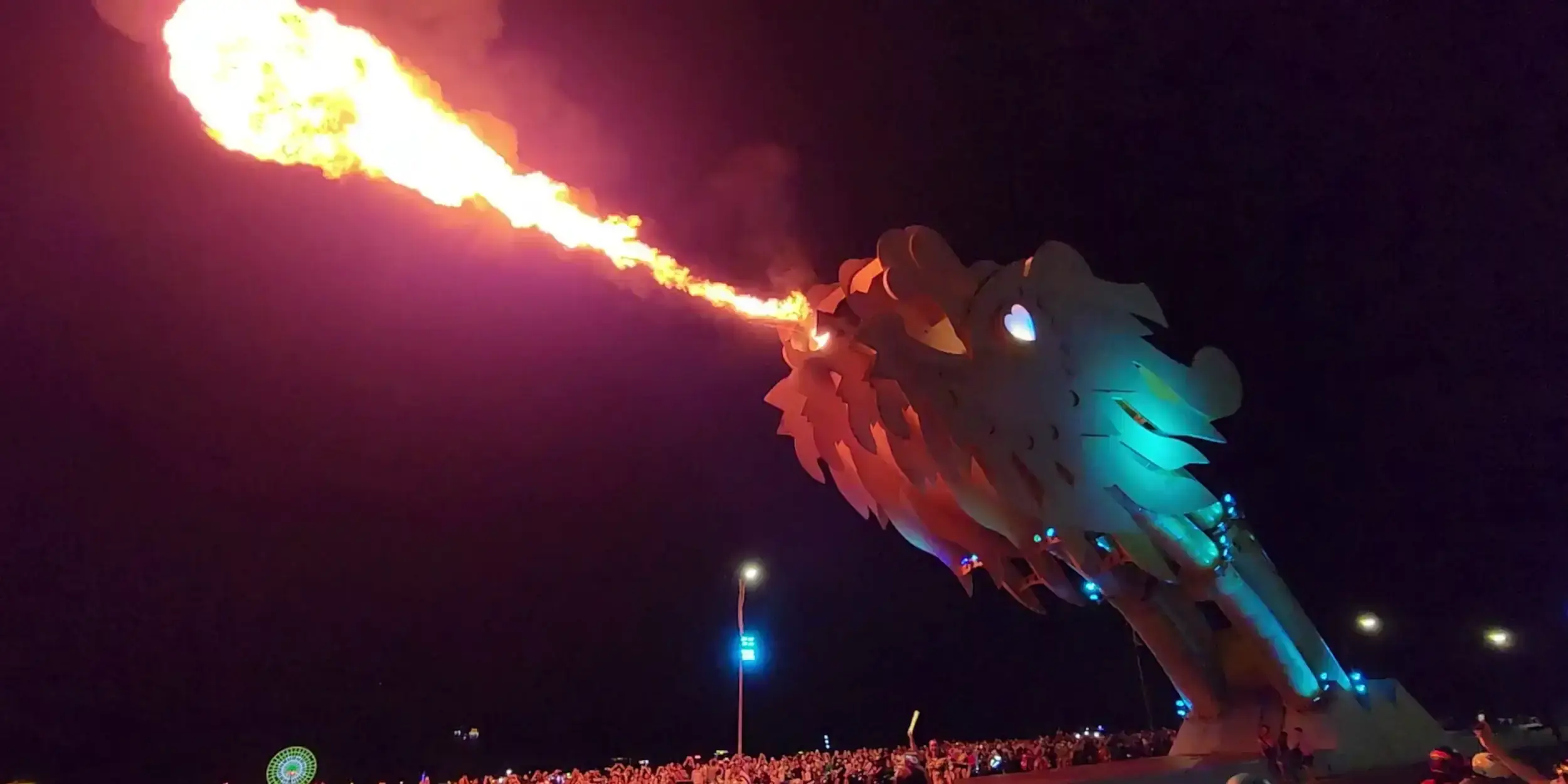
Dragon Bridge Show Da Nang - Bridge vs Cruise
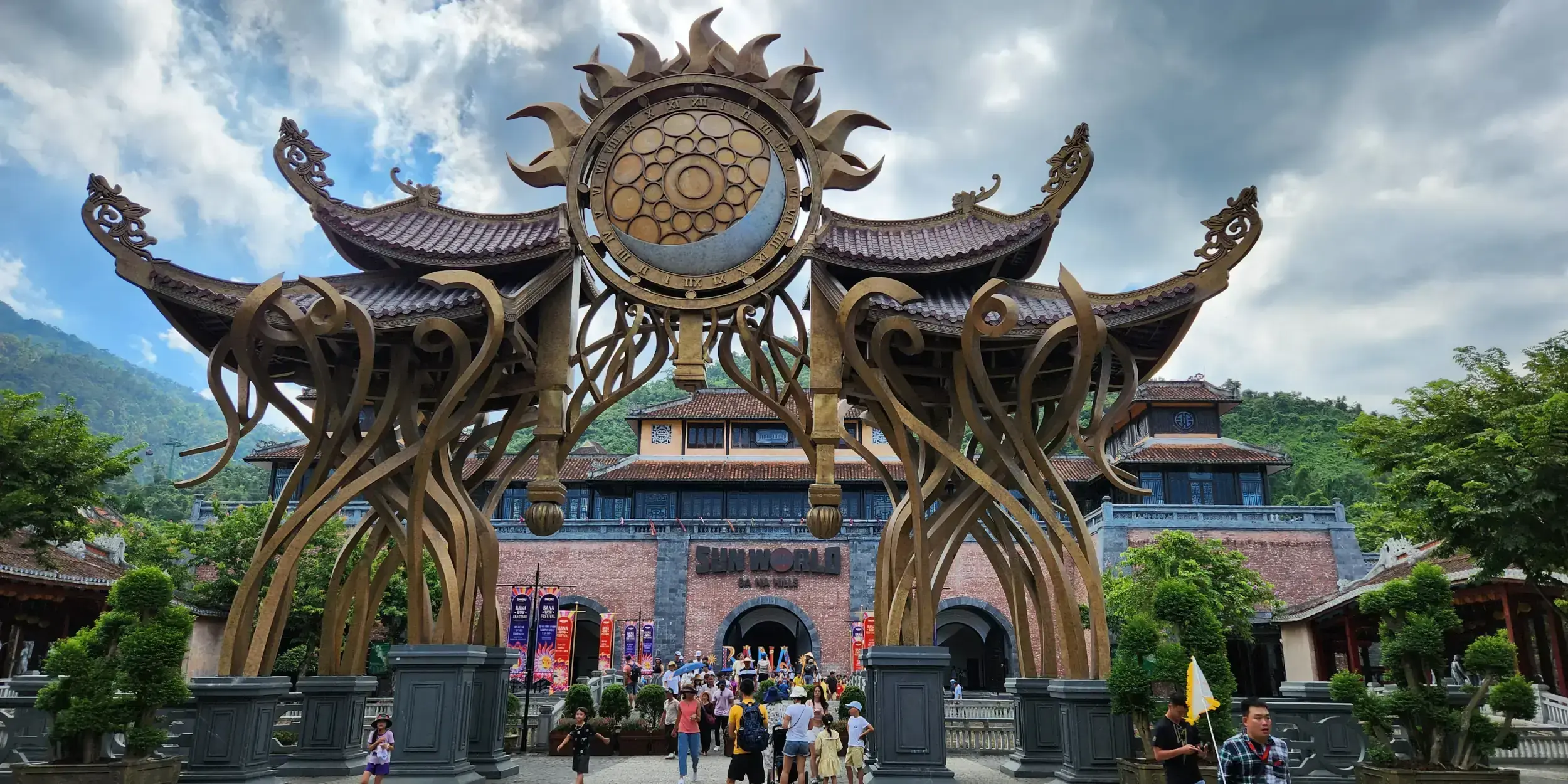
Sun World Bà Nà Hills, Da Nang, Vietnam
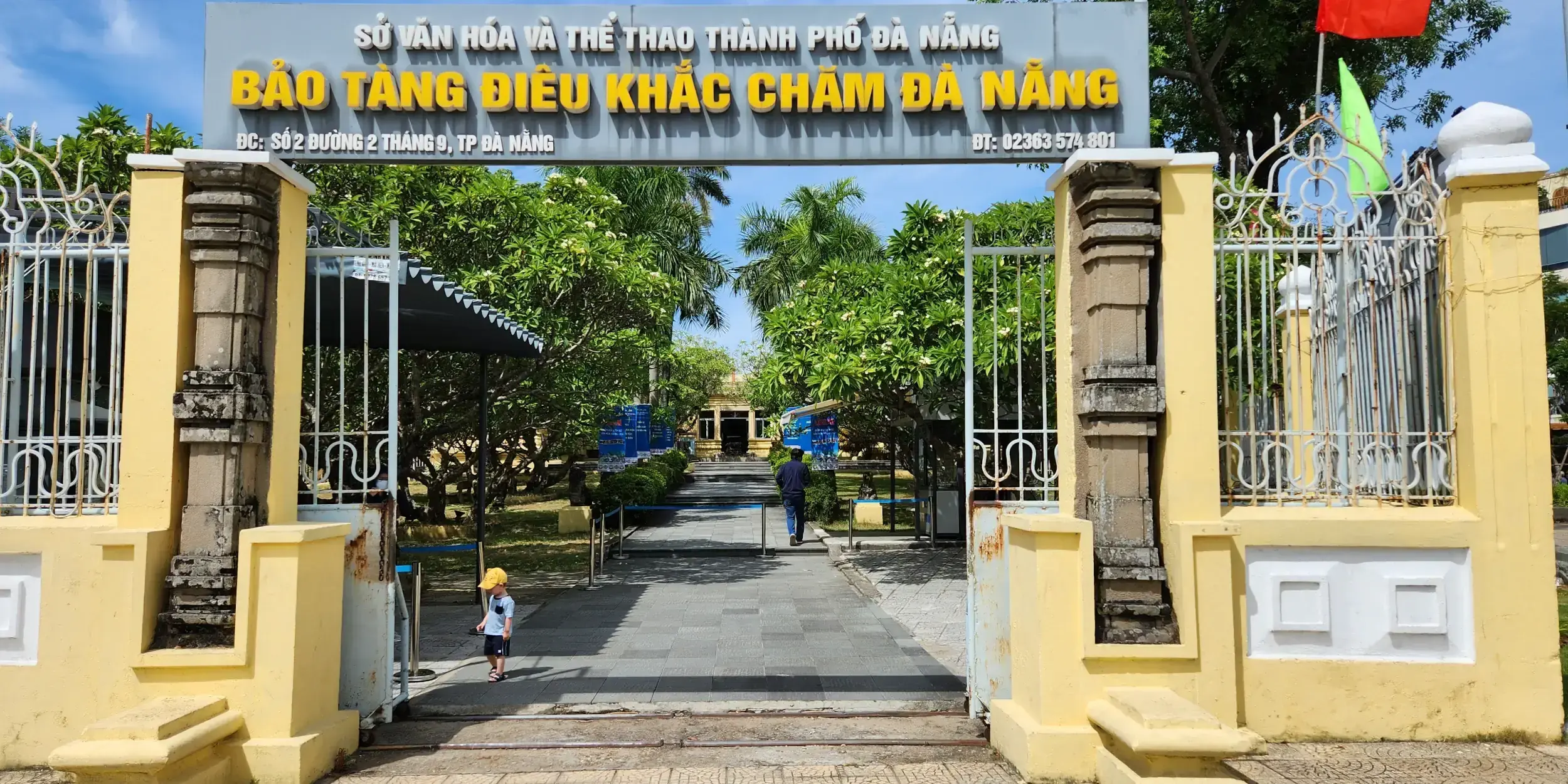
Museum of Cham Sculpture, Da Nang, Vietnam
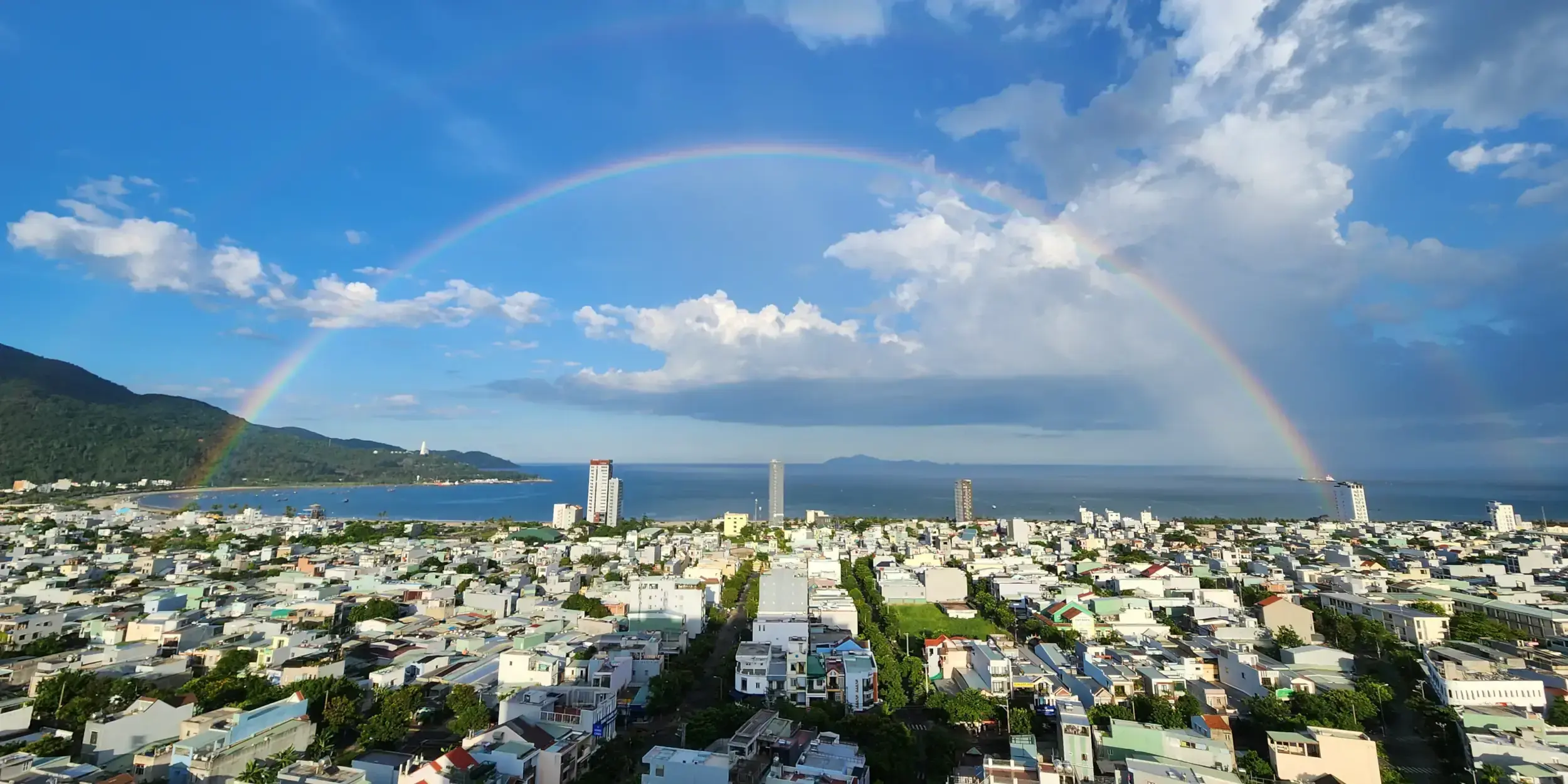
Da Nang, Vietnam
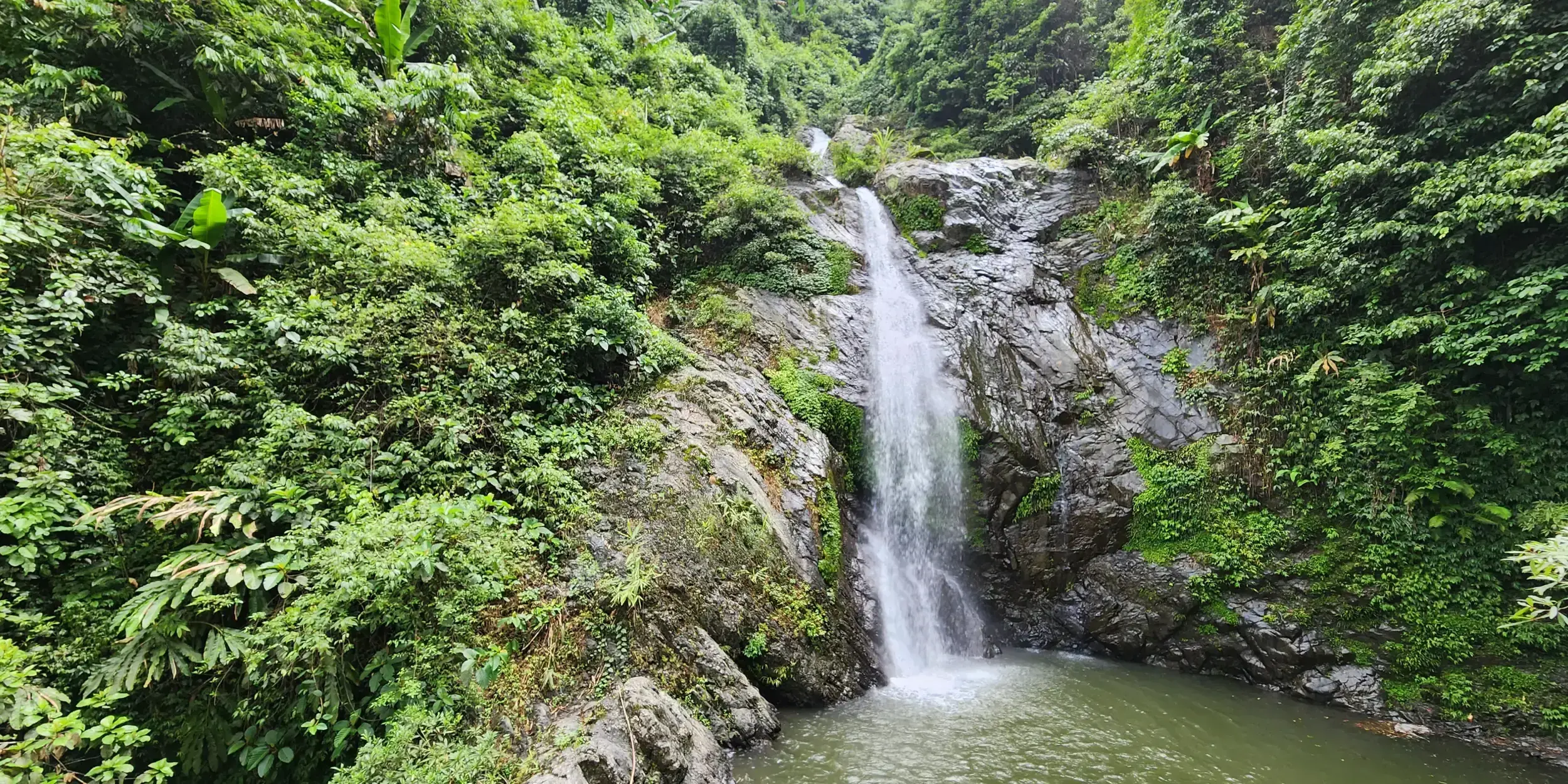
Nine waterfalls of Tú Sơn, Hoa Binh, Vietnam
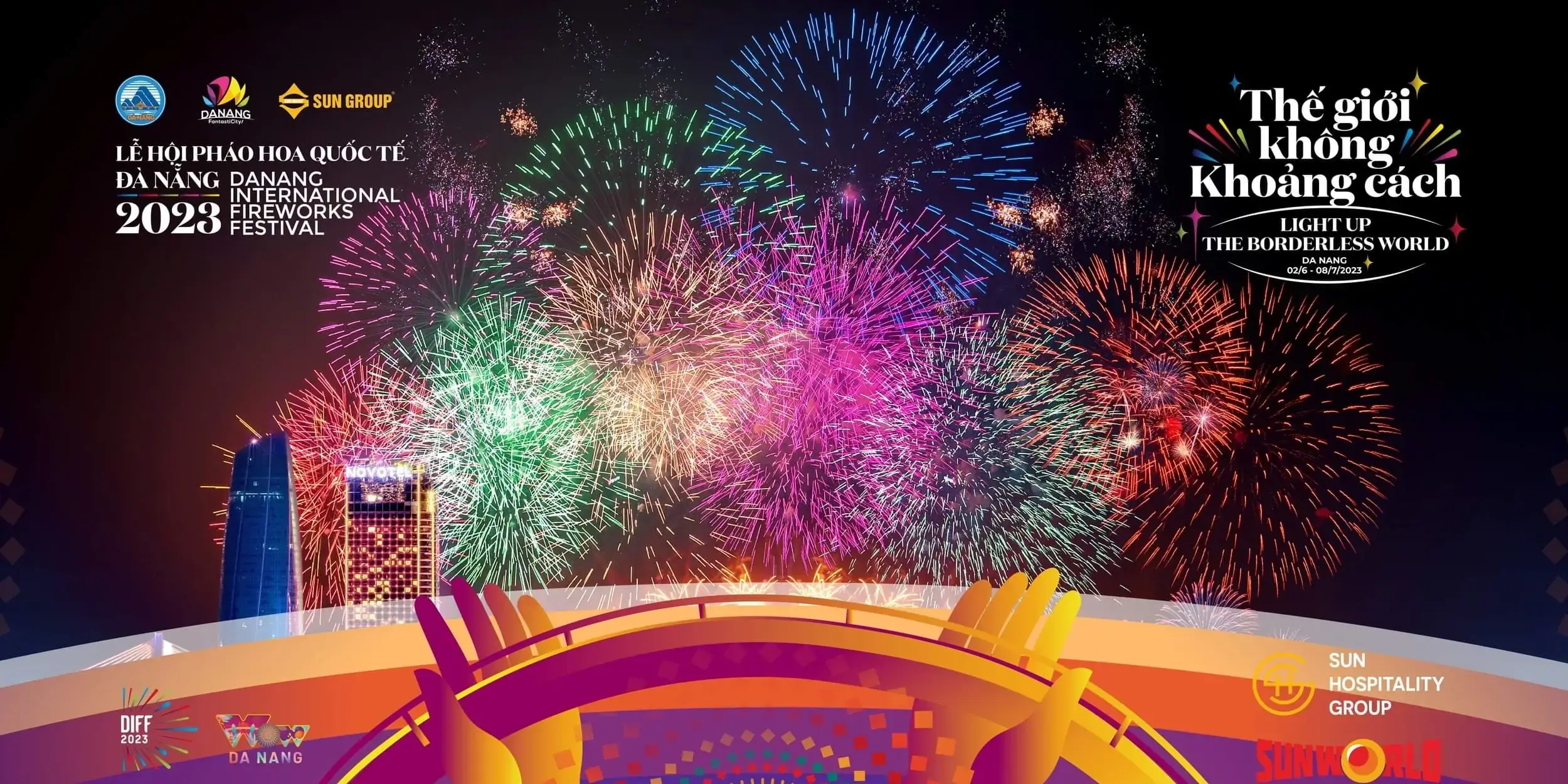
Da Nang International Fireworks Festival 2023
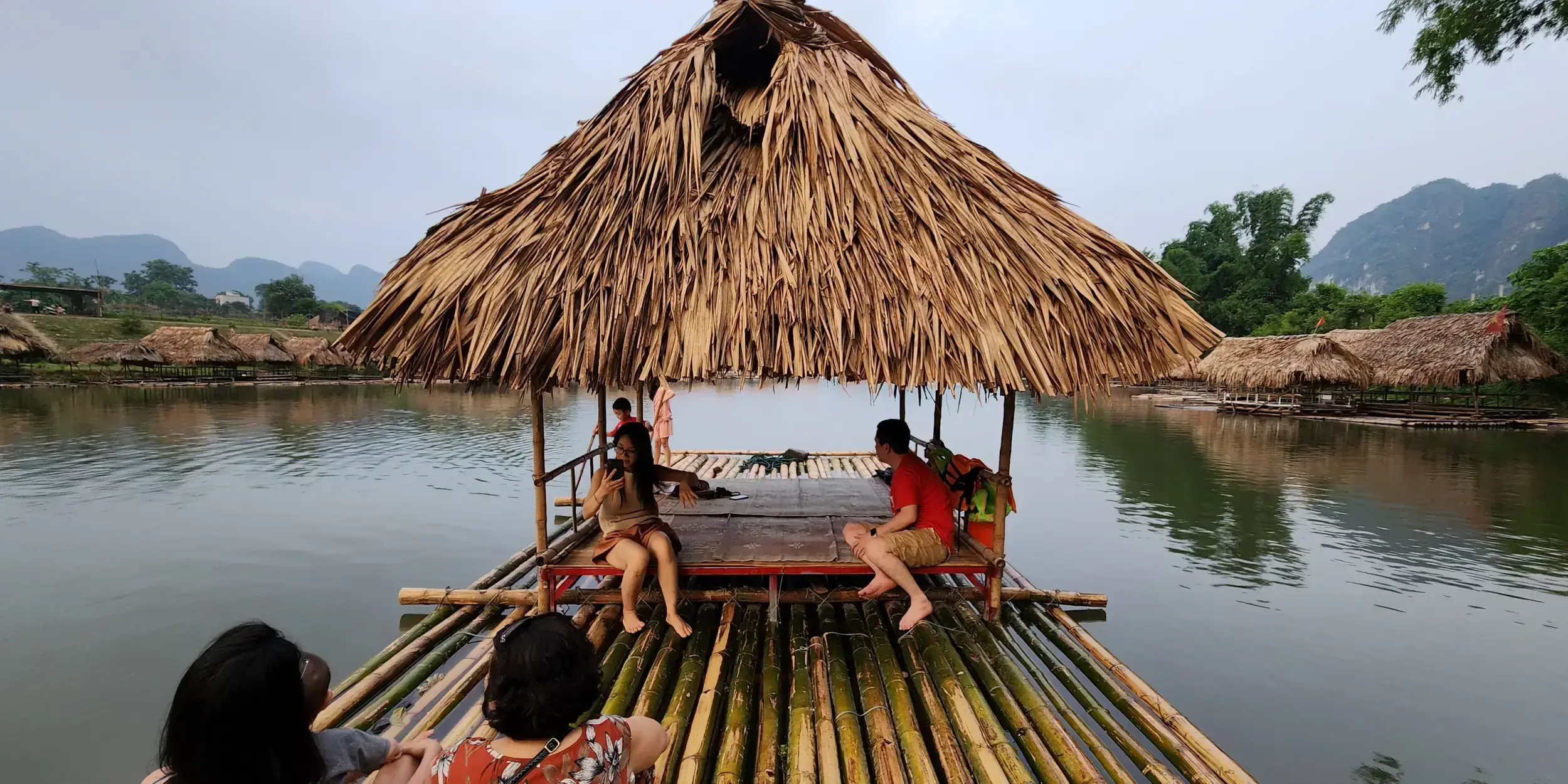
Bamboo River Raft Cruise, Hoa Binh, Vietnam
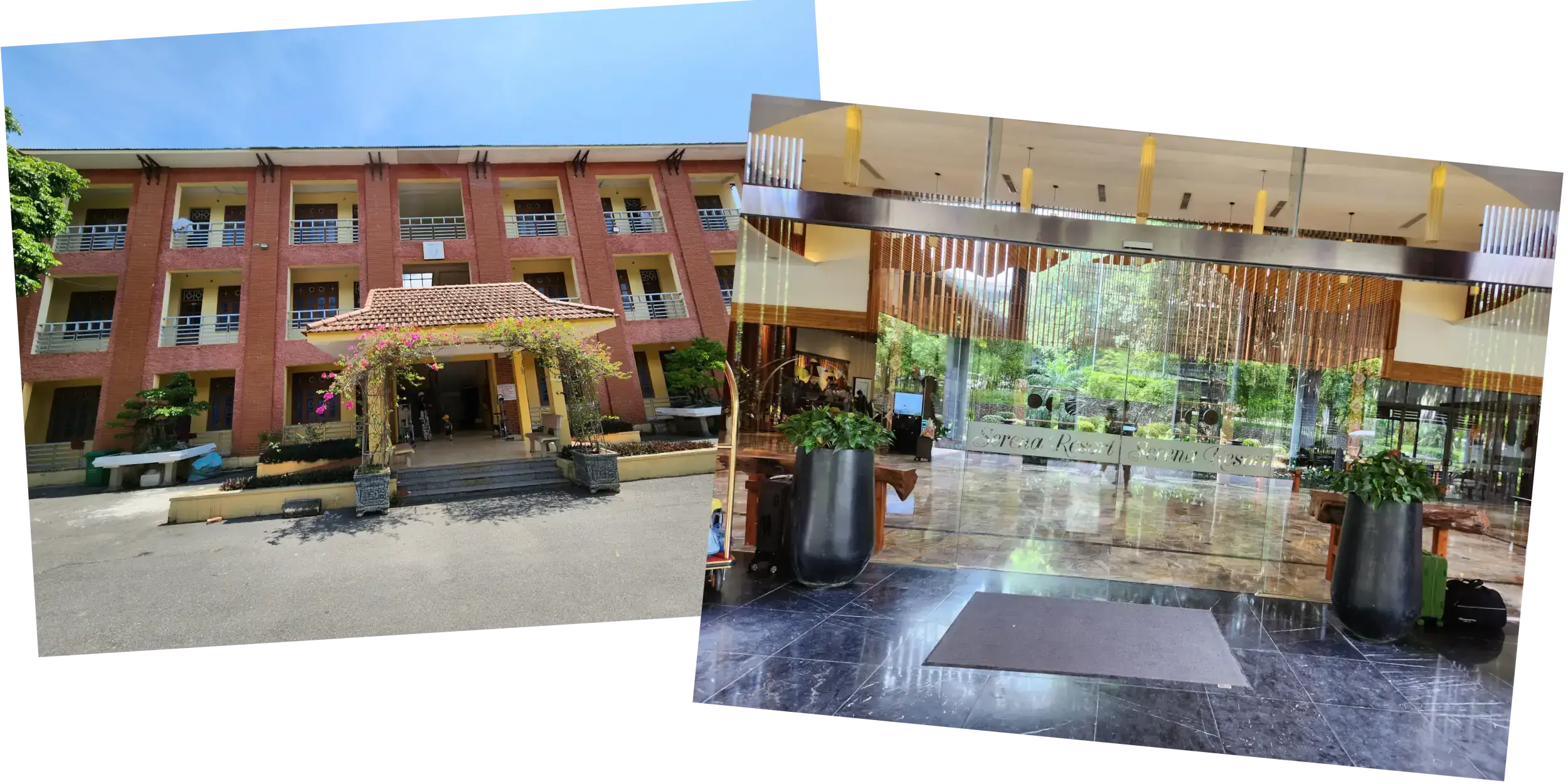
A Tale of Two Resorts in Hoa Binh, Vietnam
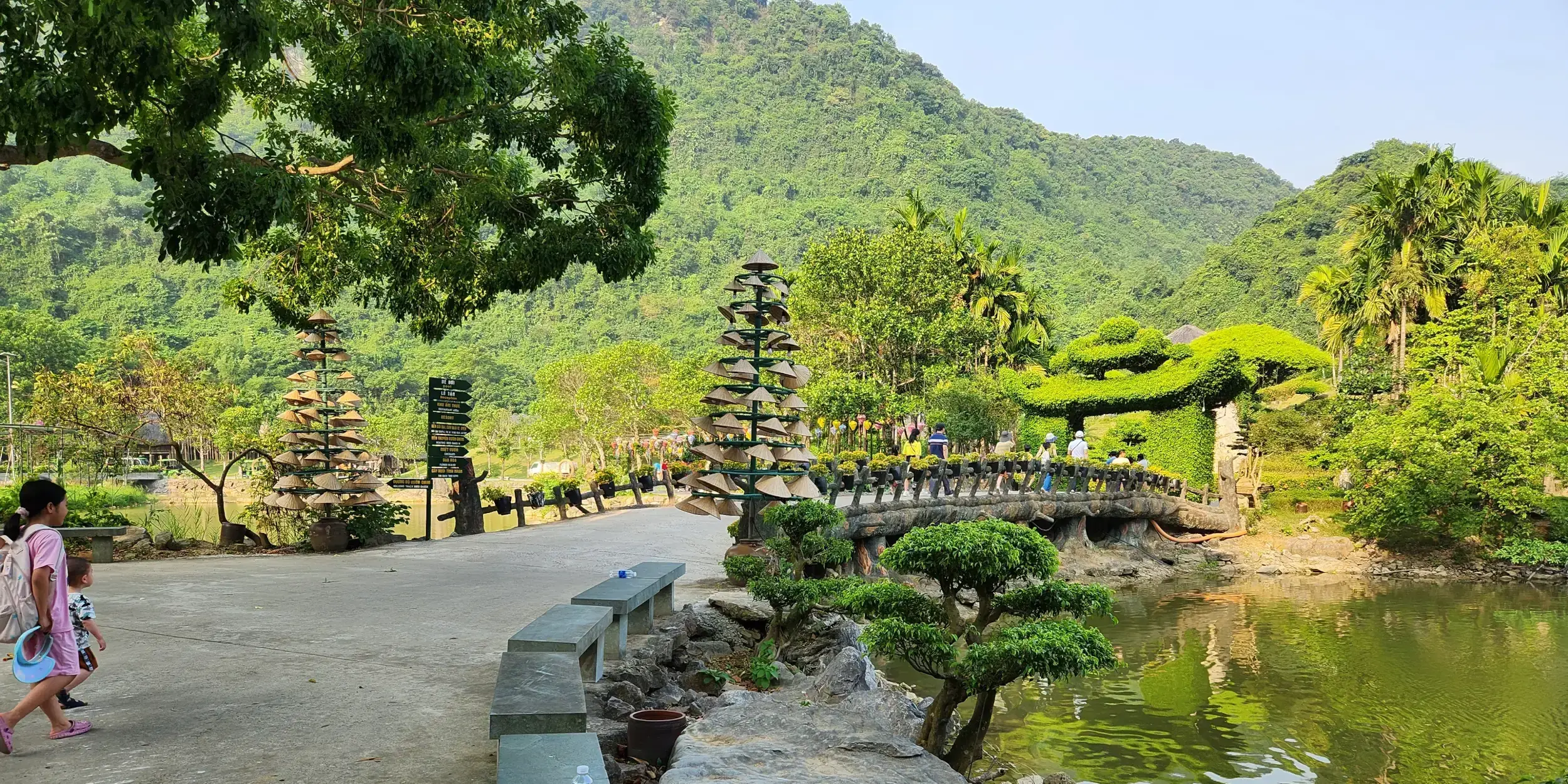
2 Days in Ninh Binh, Vietnam
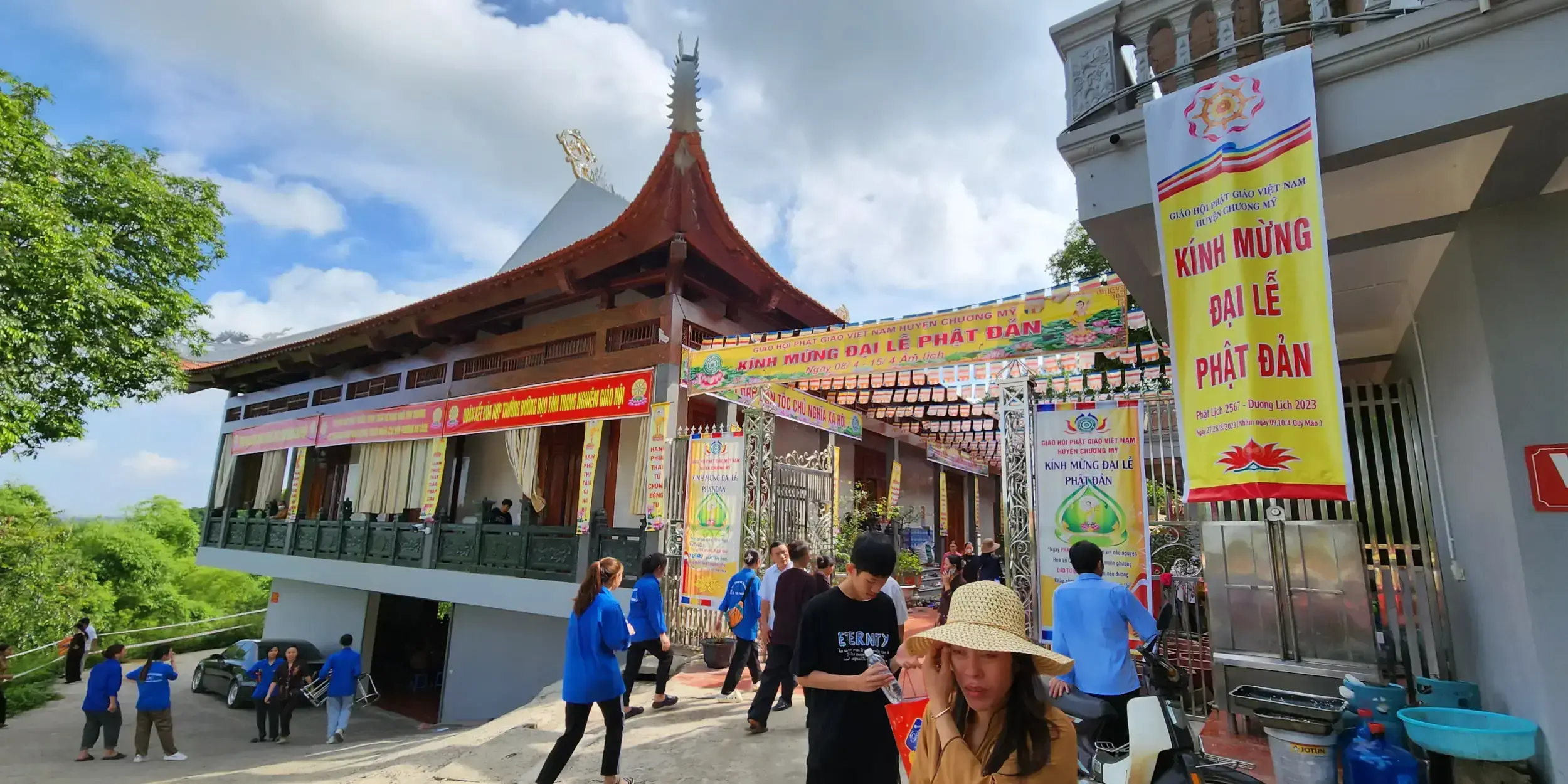
Trăm Gian Pagoda, Hanoi, Vietnam
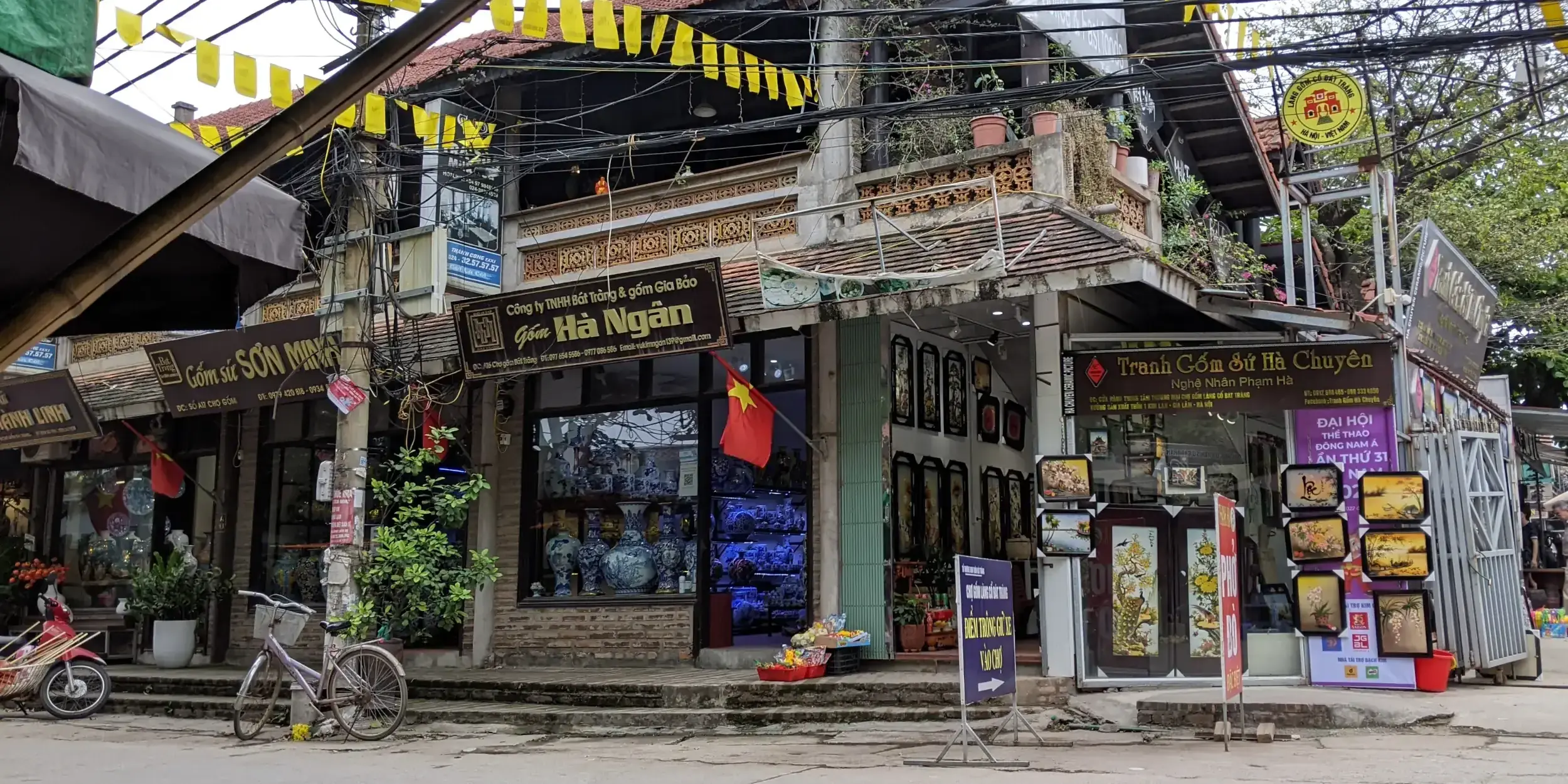
Bát Tràng Pottery Village, Hanoi, Vietnam
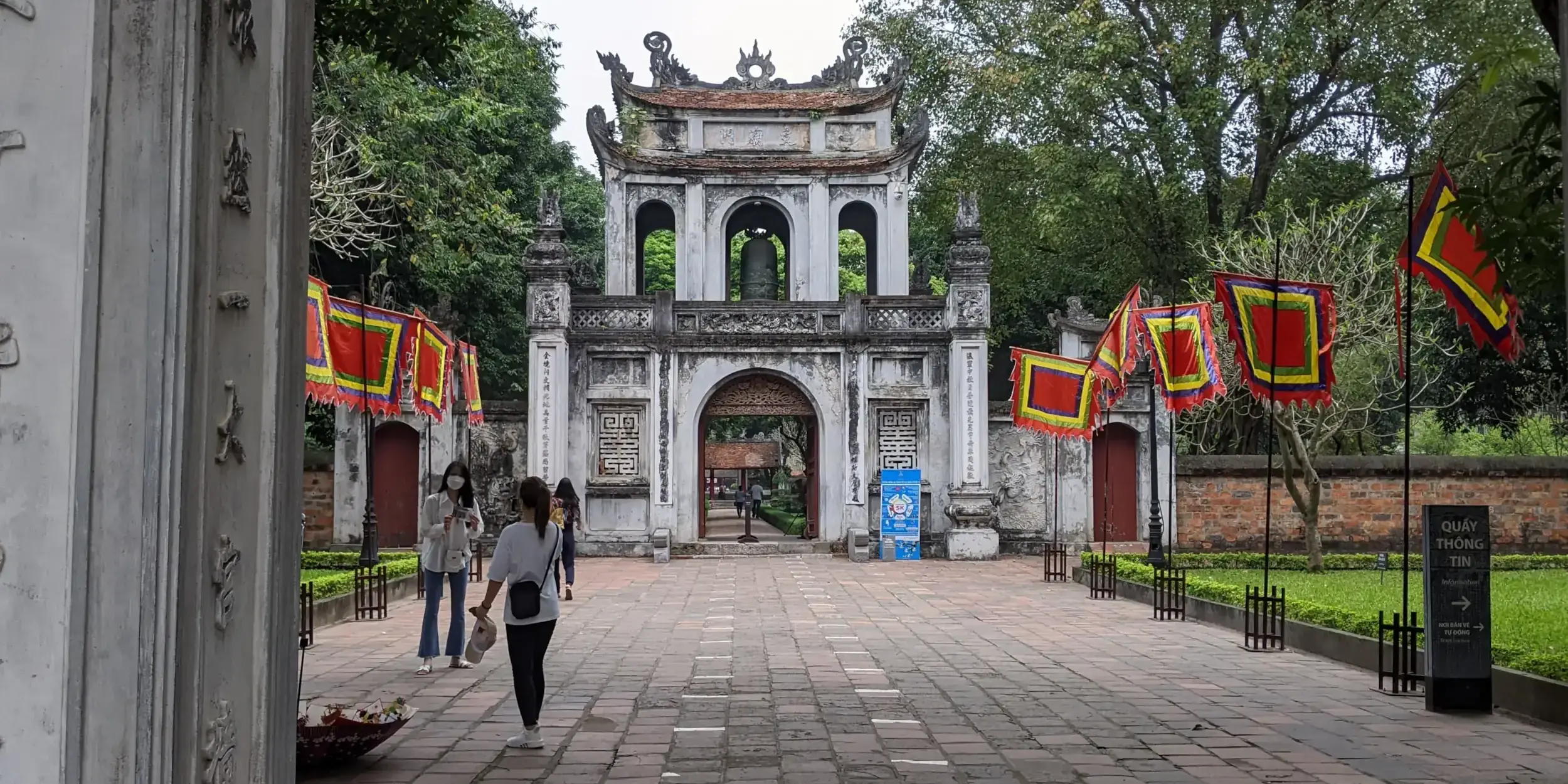
Temple of Literature, Hanoi, Vietnam
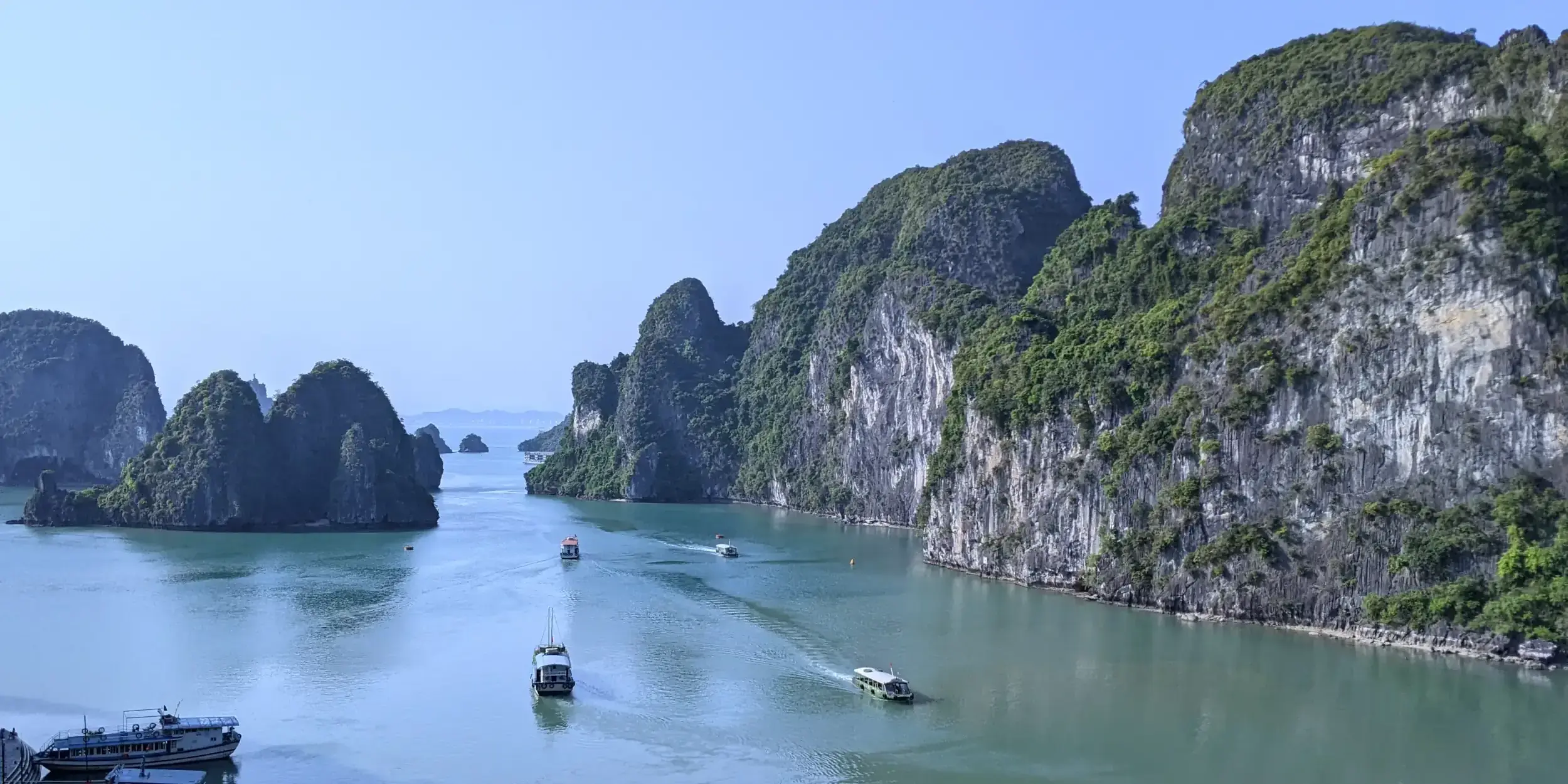
Hạ Long Bay 2-Day 1-Night Cruise, Ha Long, Vietnam
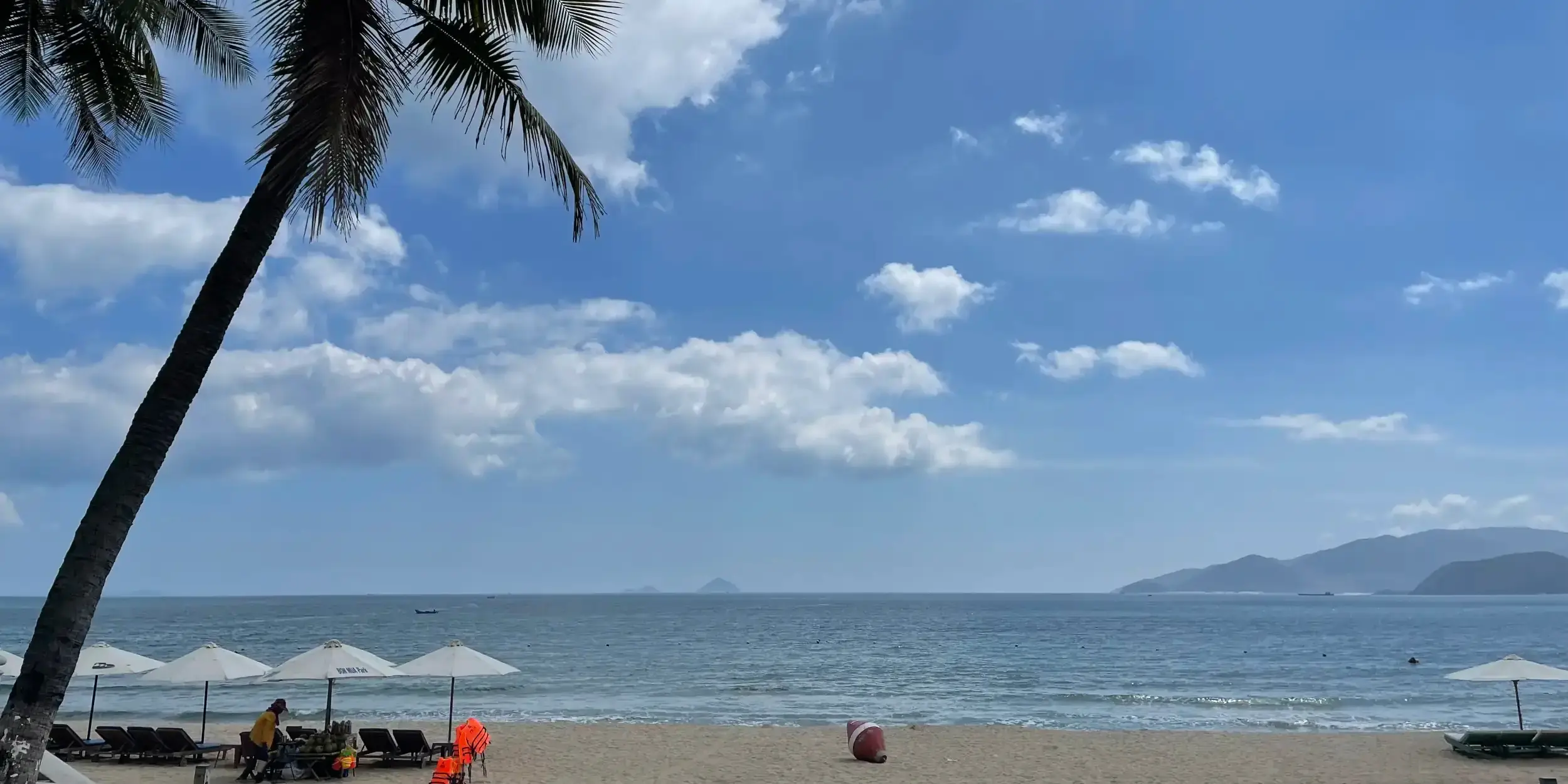
The Beaches in Nha Trang, Vietnam
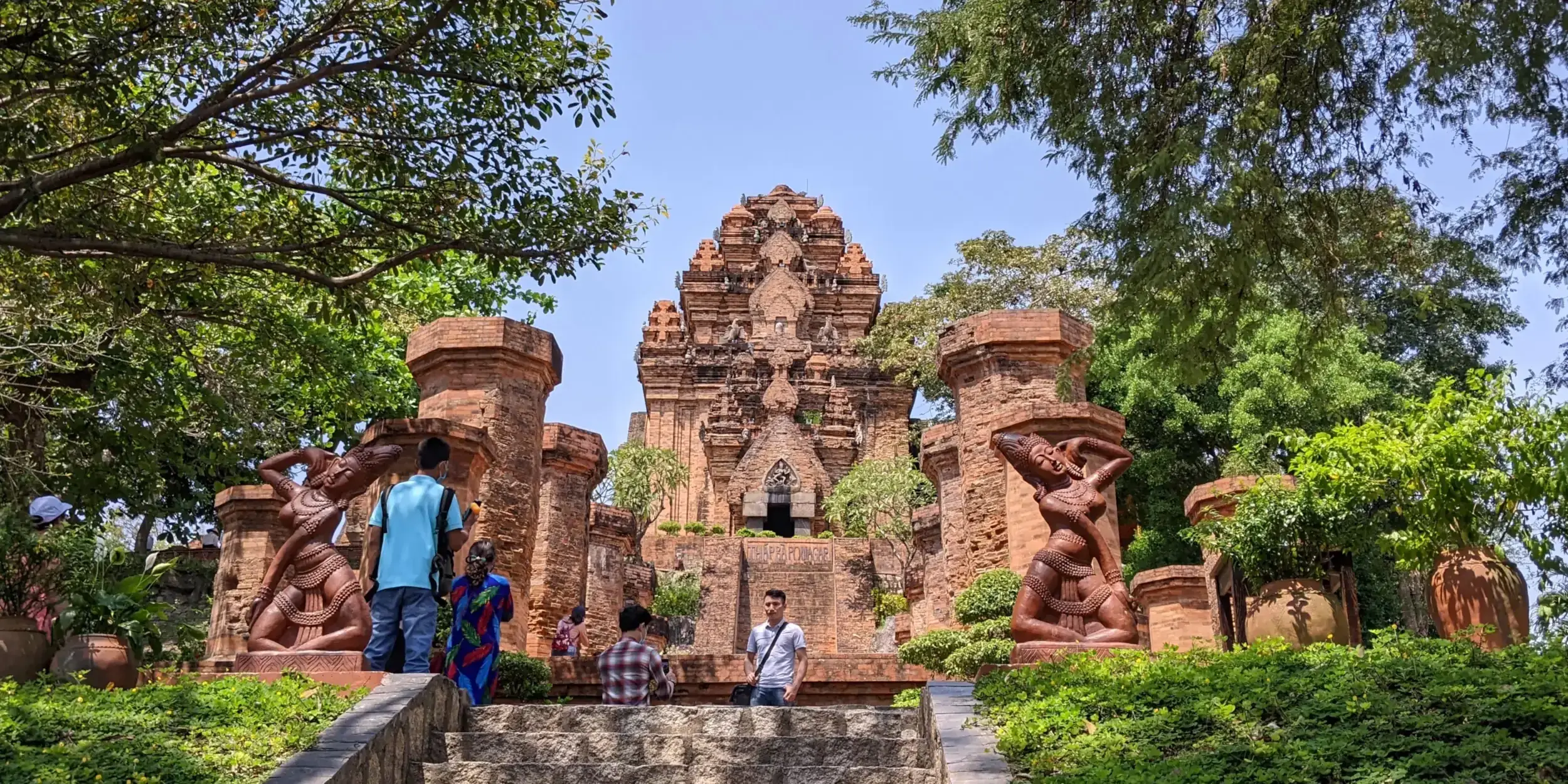
Po Nagar Cham Temple Ruins, Nha Trang, Vietnam
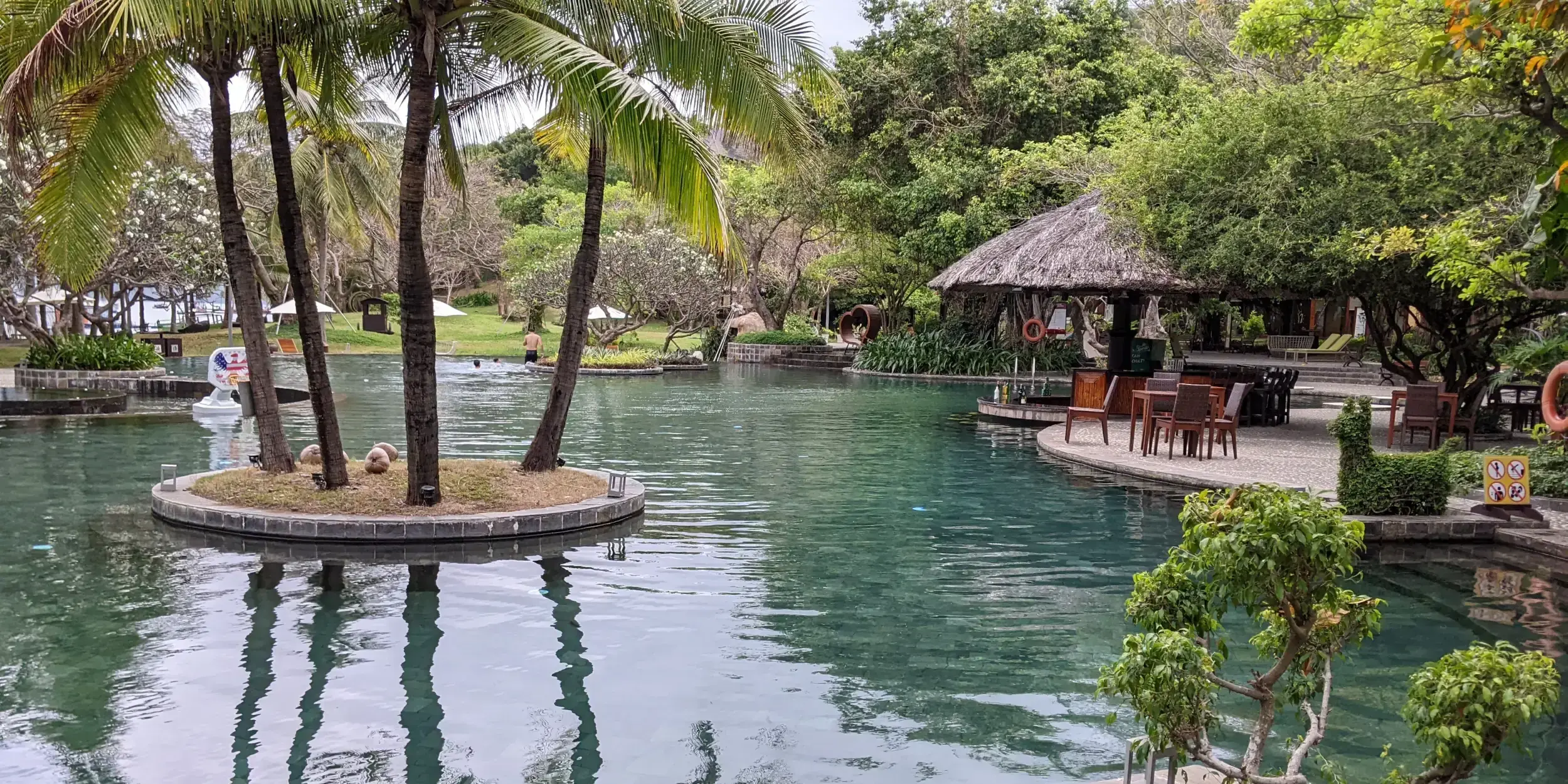
MerPerle Hon Tam Resort, Nha Trang, Vietnam
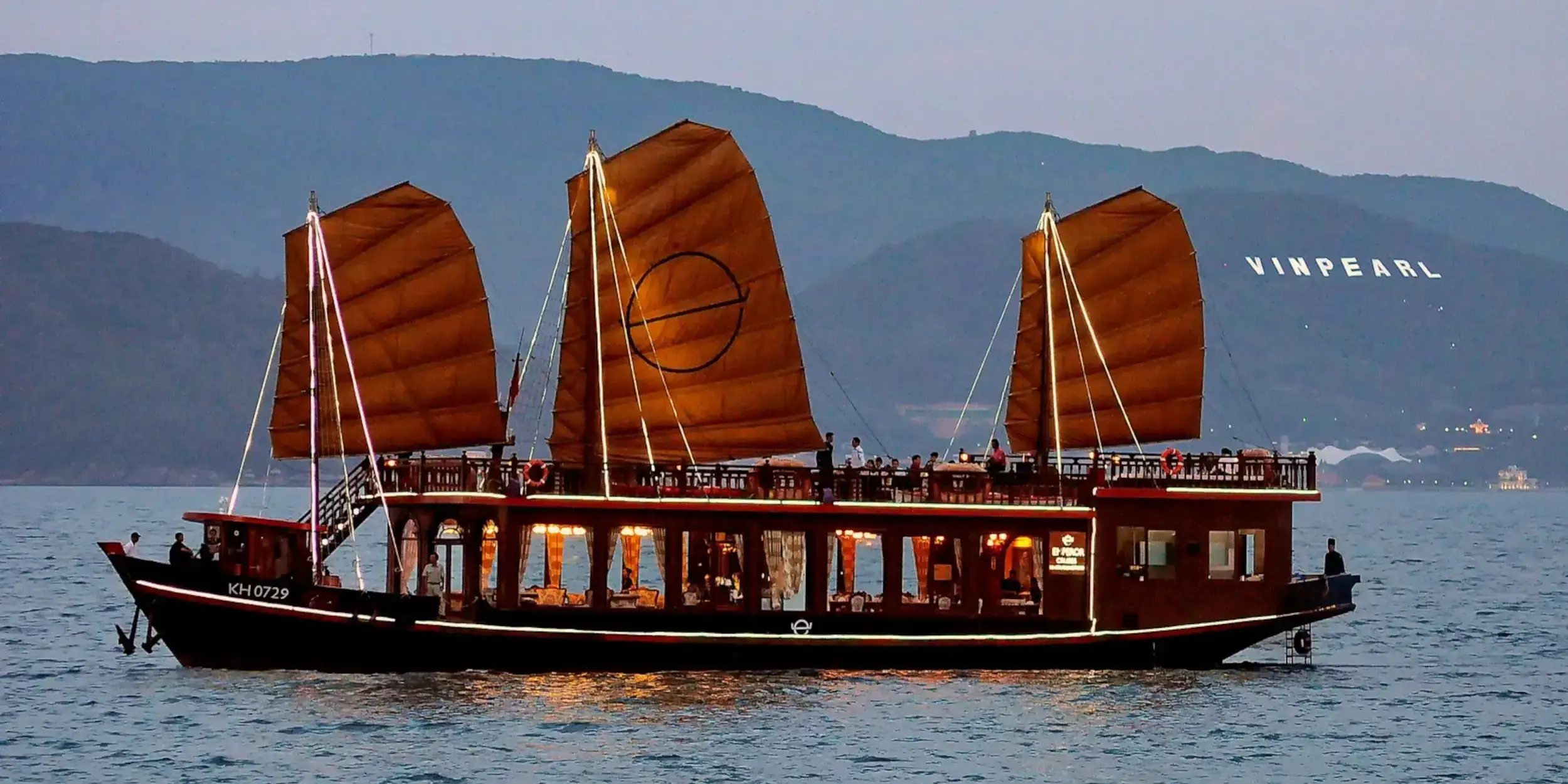
Emperor Cocktail & Dinner Cruise, Nha Trang, Vietnam
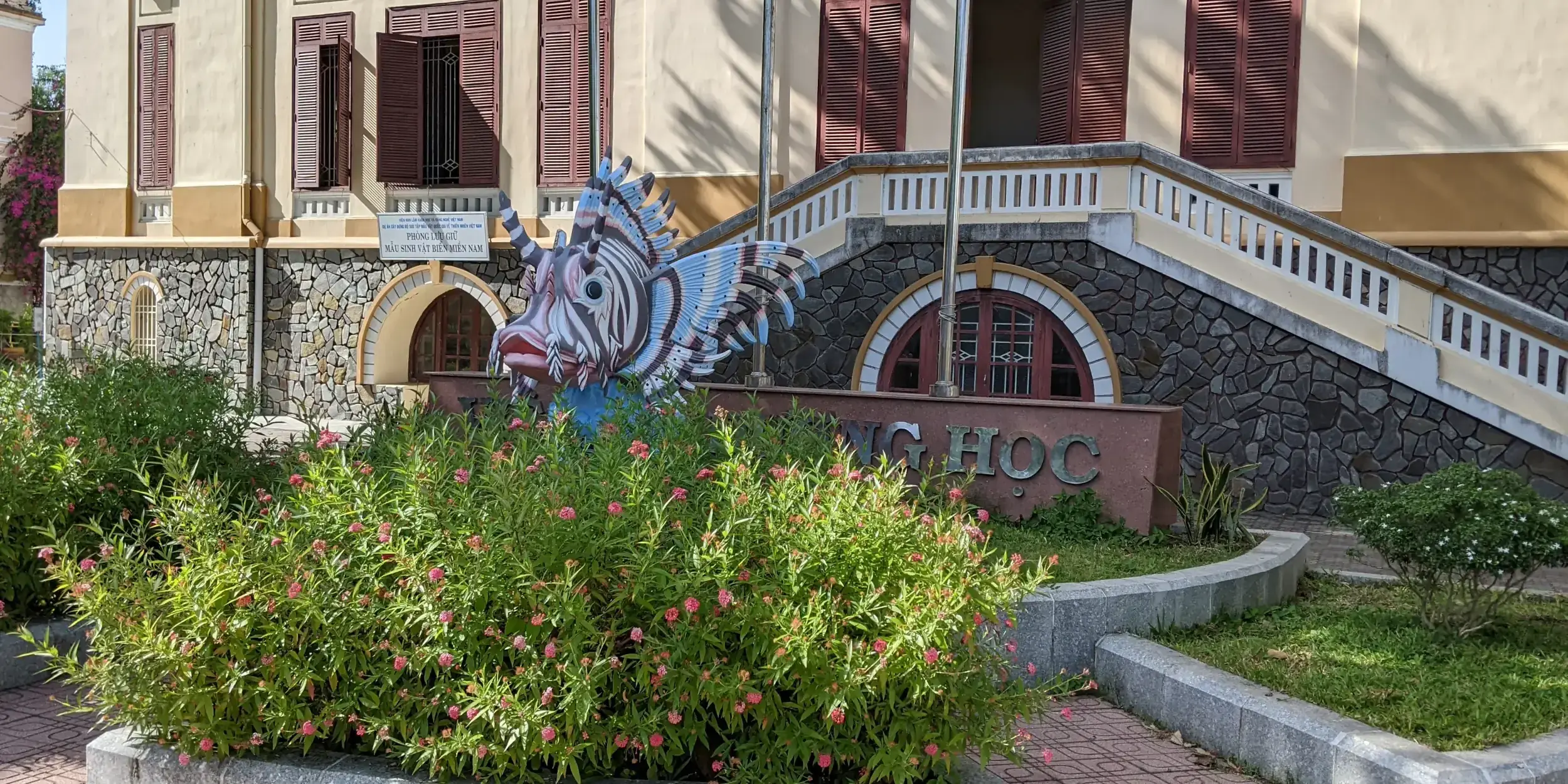
Museum of Oceanography, Nha Trang, Vietnam
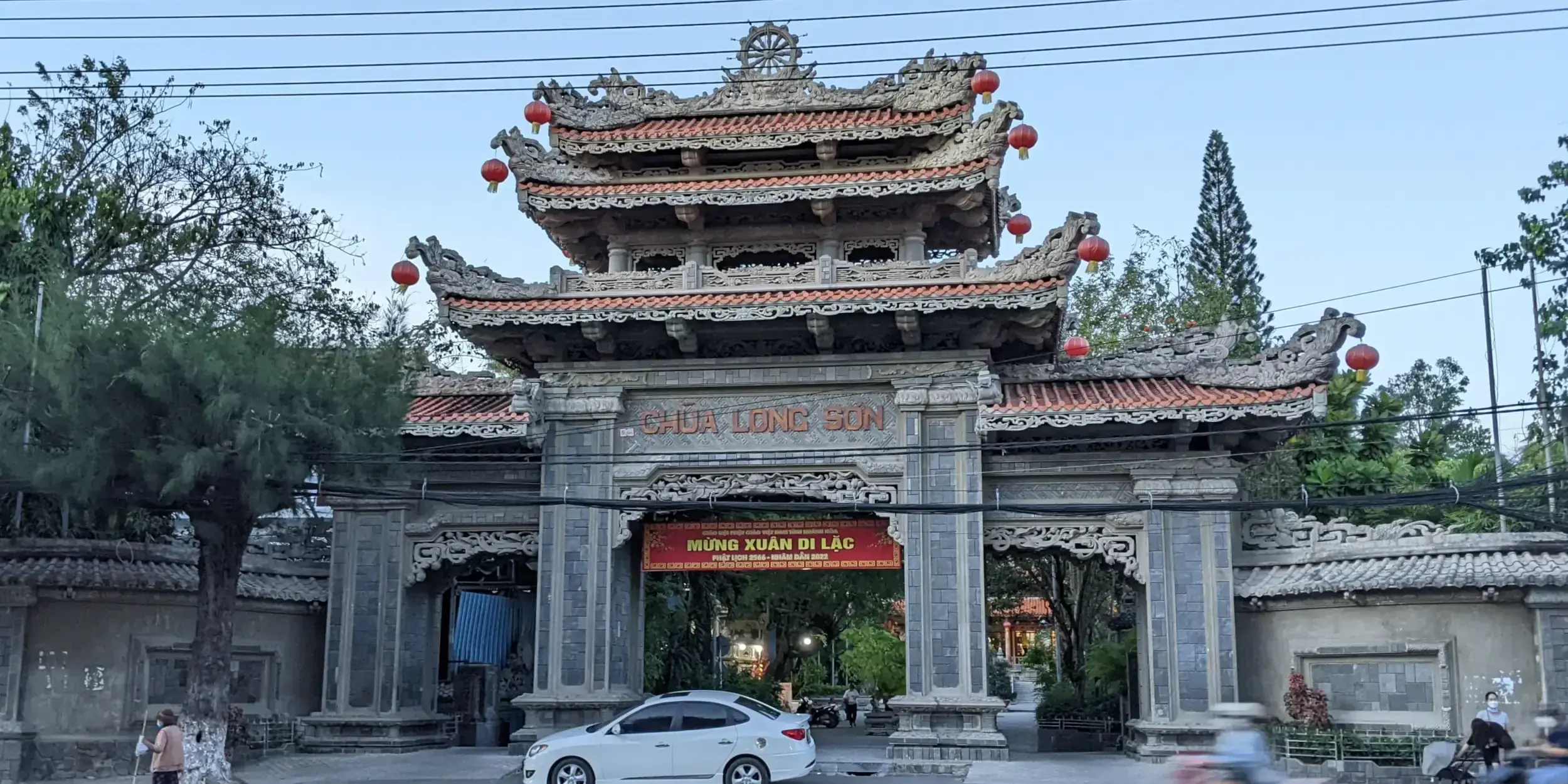
Long Sơn Temple, Nha Trang, Vietnam
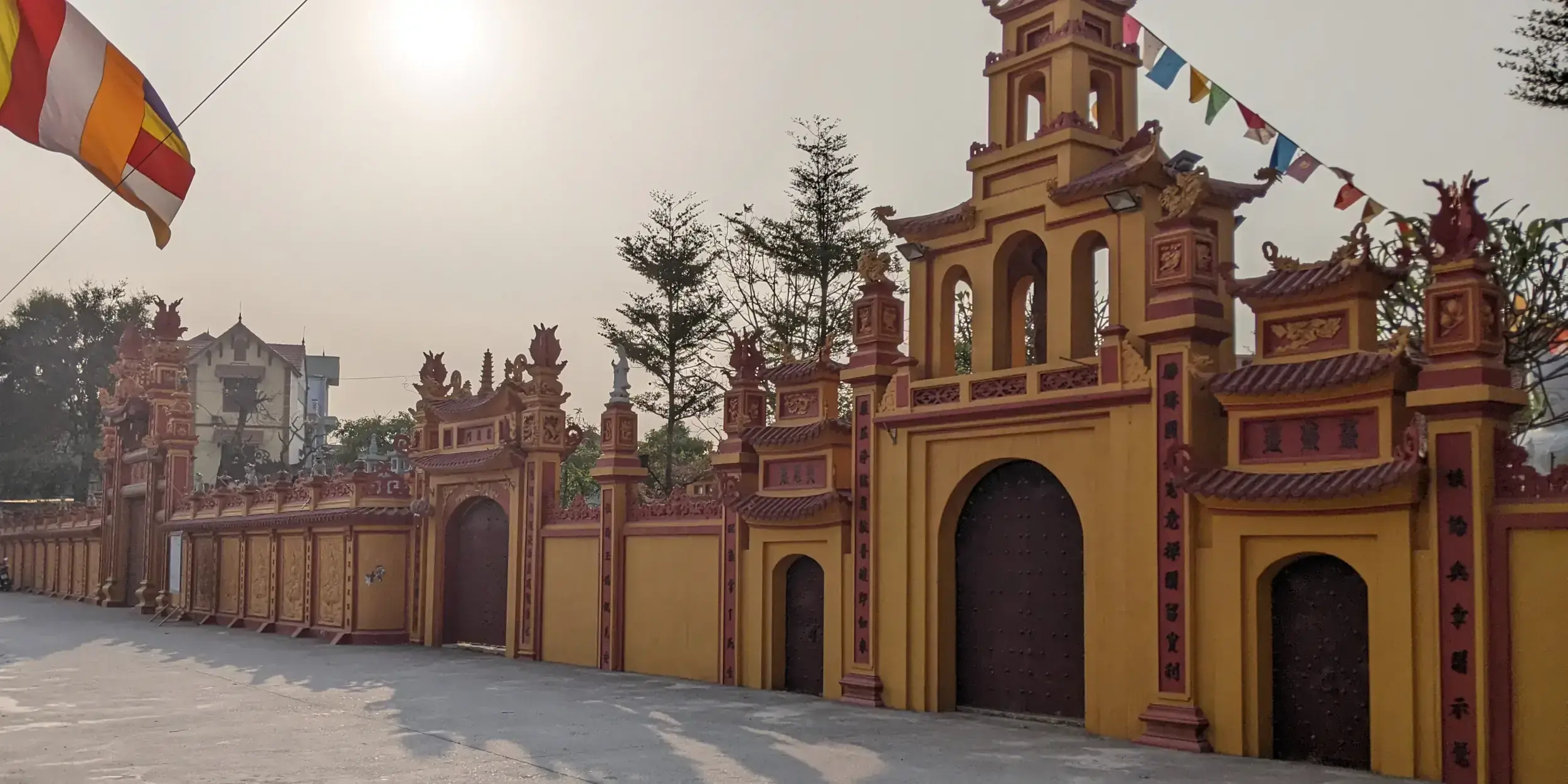
Thắng Nghiêm Temple, Hanoi, Vietnam

Pointe-à-Callière Museum of Archaeology and History, Montreal, Canada
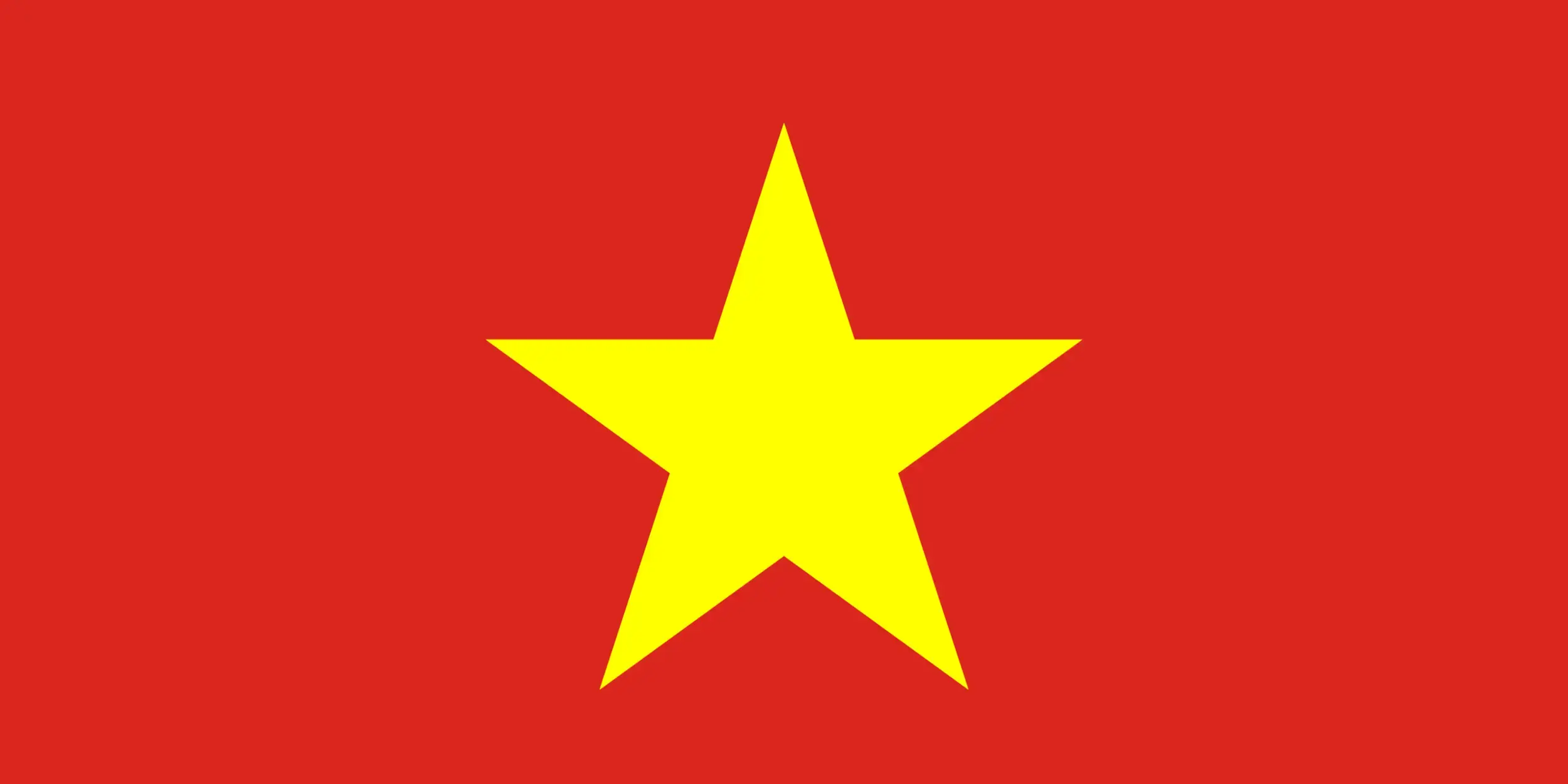
3 Weeks in Vietnam
1 Week in Thailand
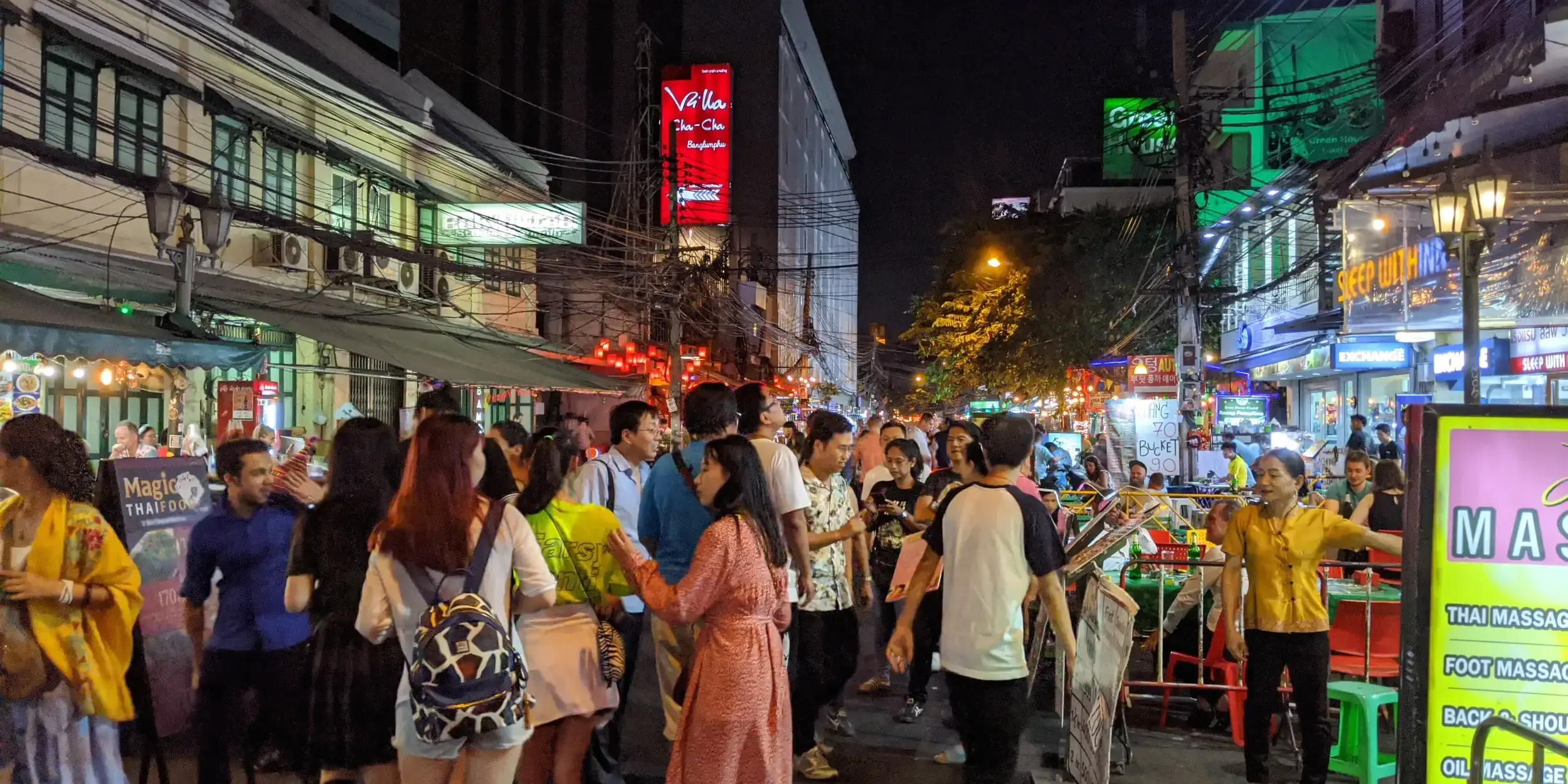
2 Days in Bangkok, Thailand
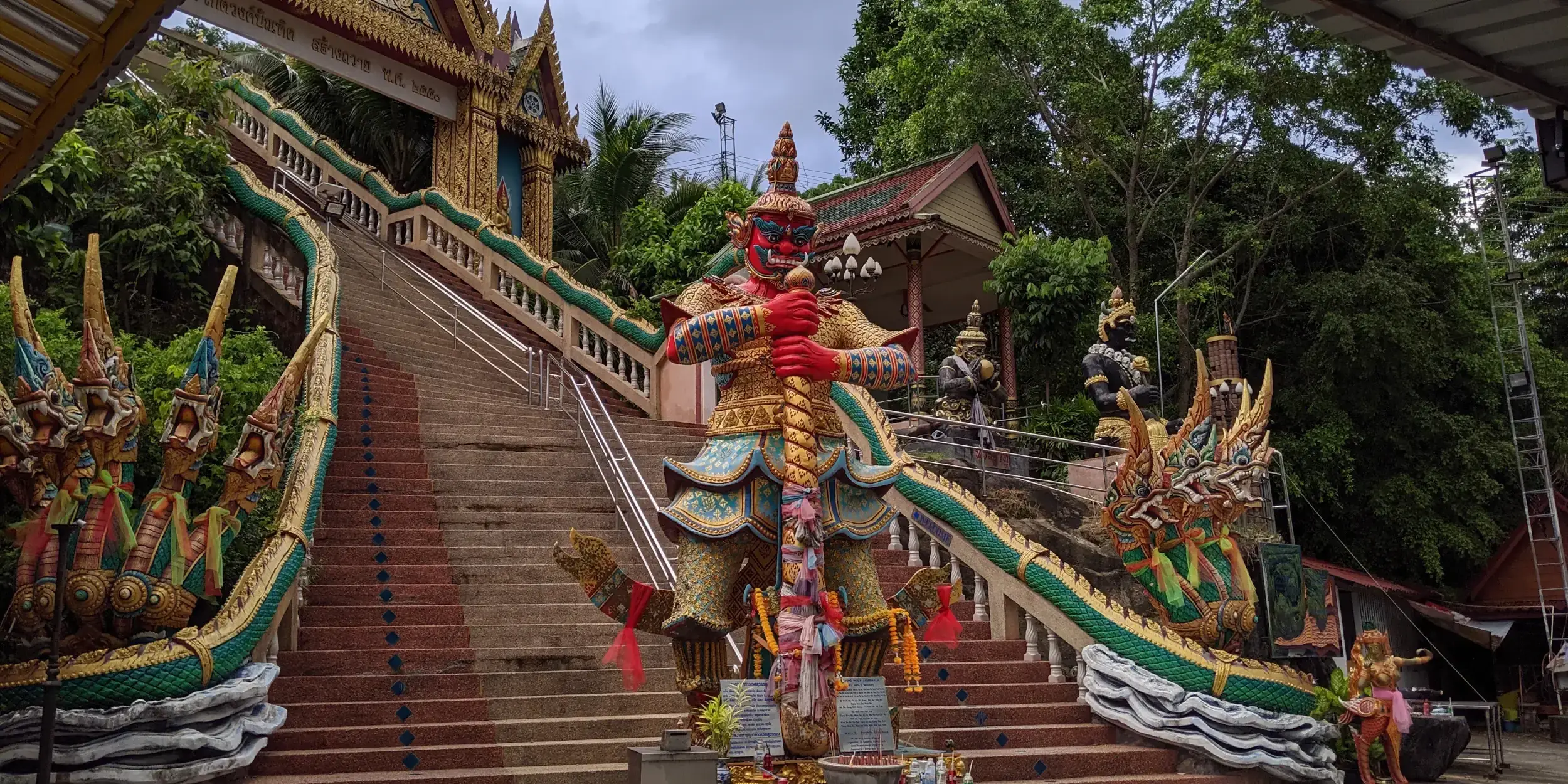
3 Days in Phuket, Thailand
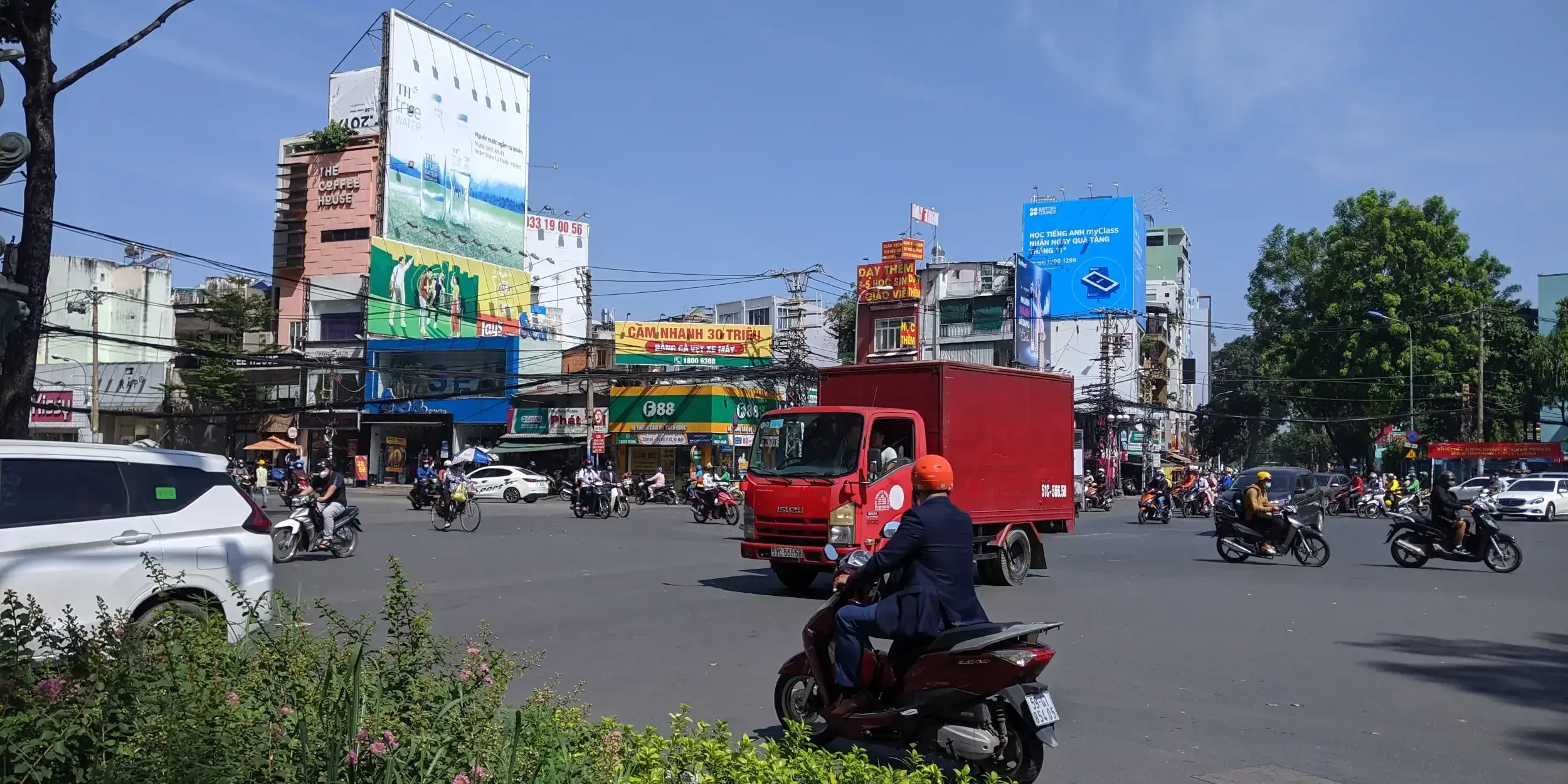
2 Days in Saigon, Vietnam
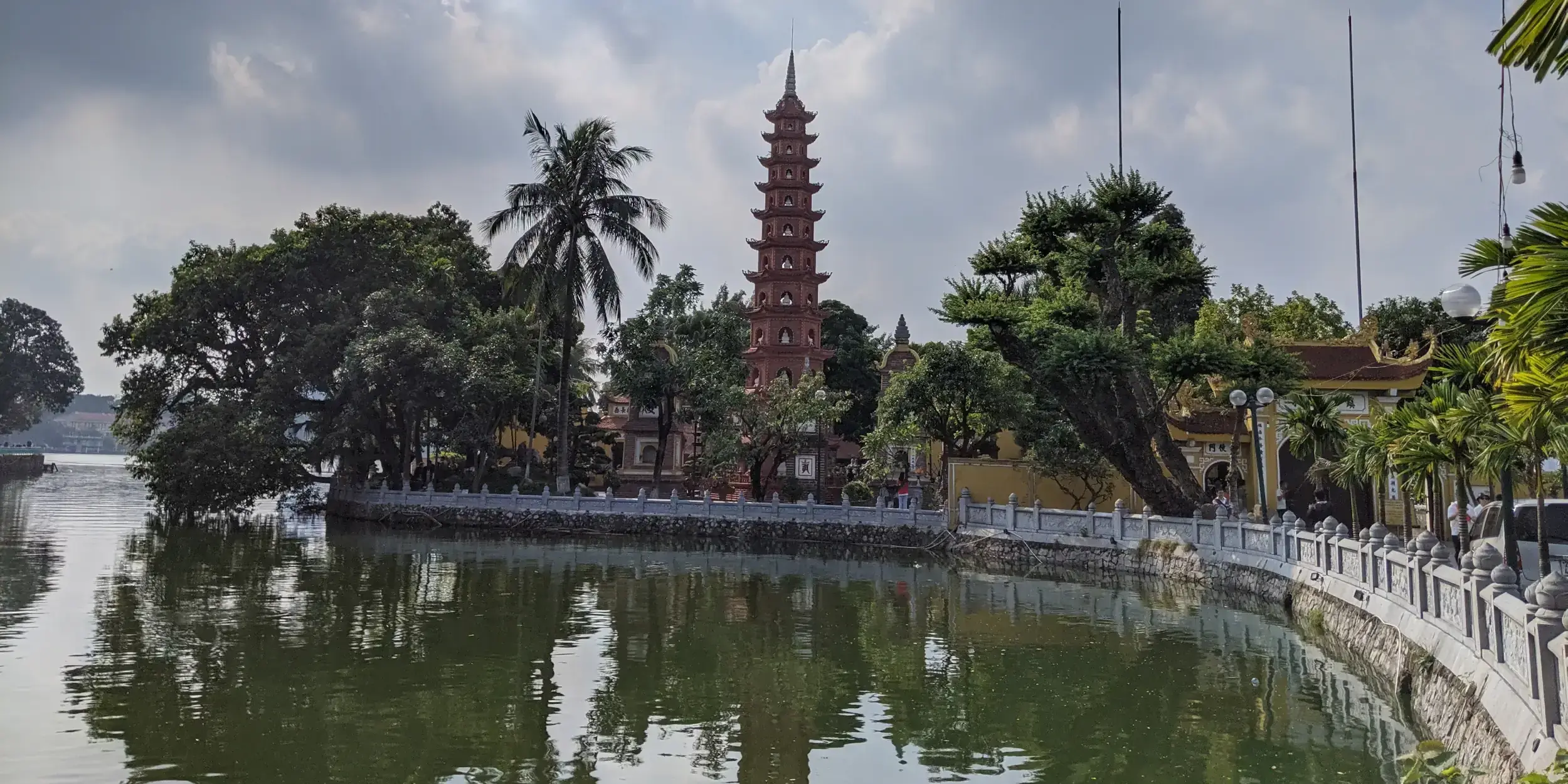
2 More Days in Hanoi, Vietnam
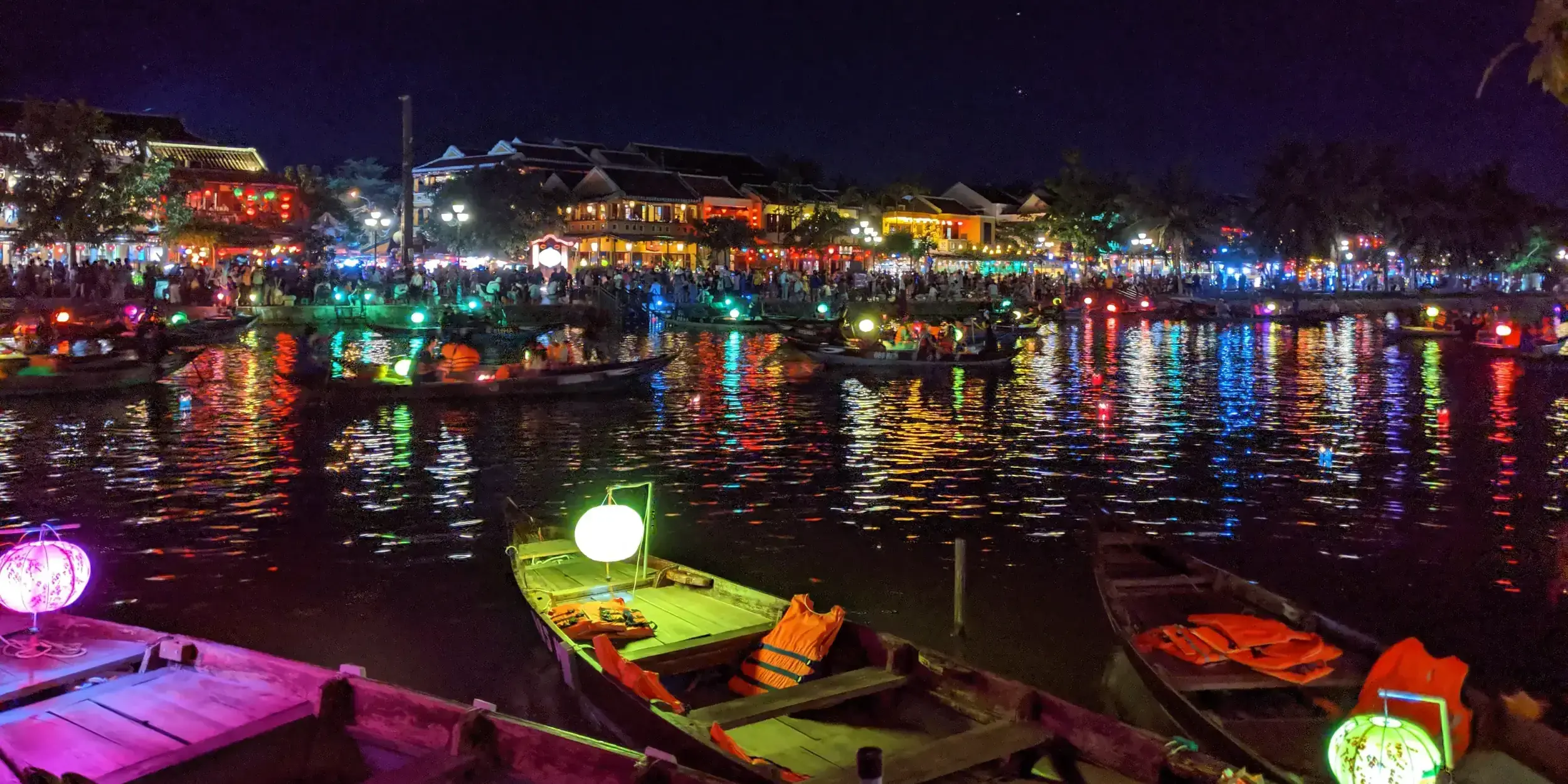
3 Days in Hoi An, Vietnam
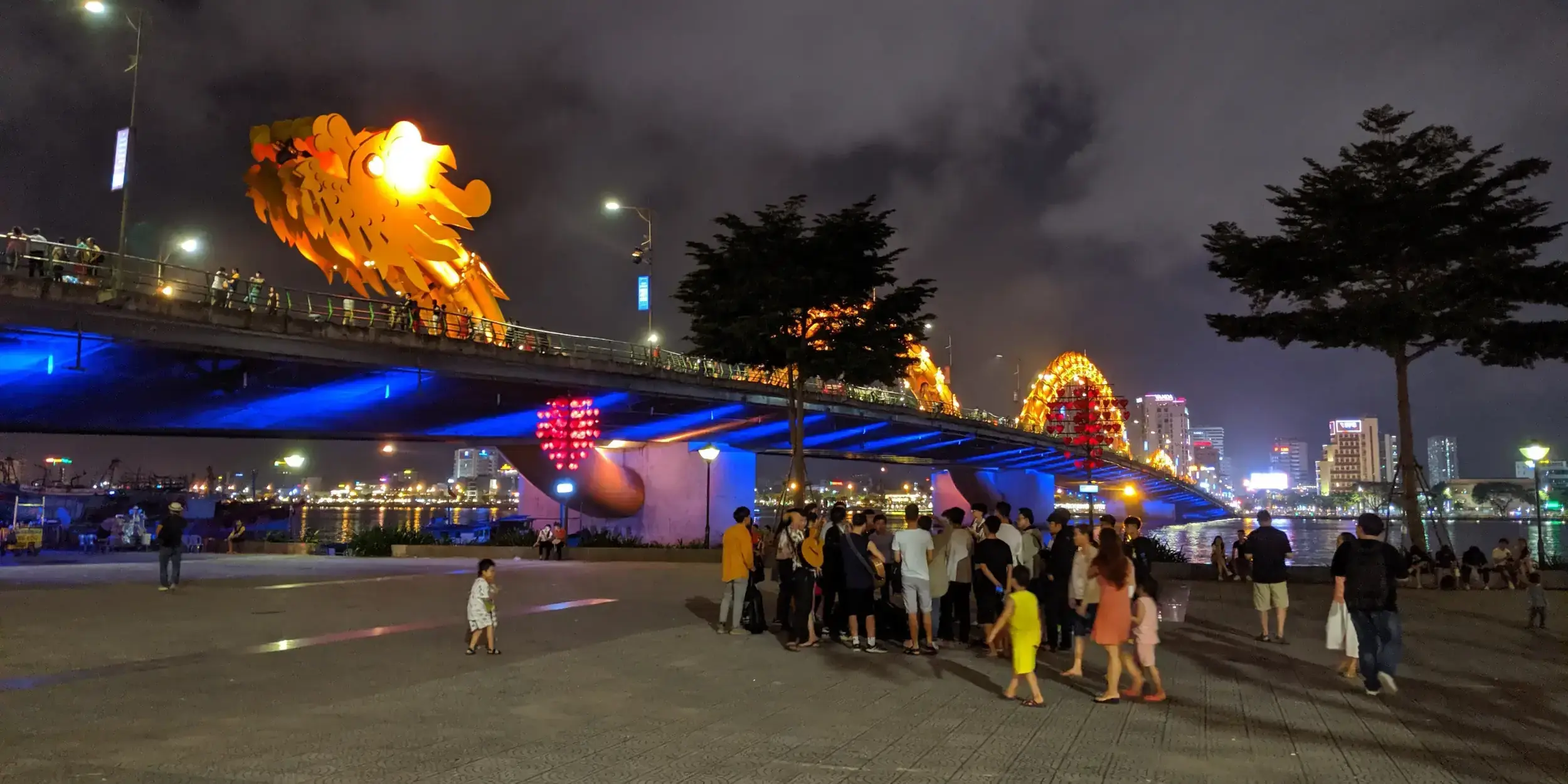
3 Days in Da Nang, Vietnam
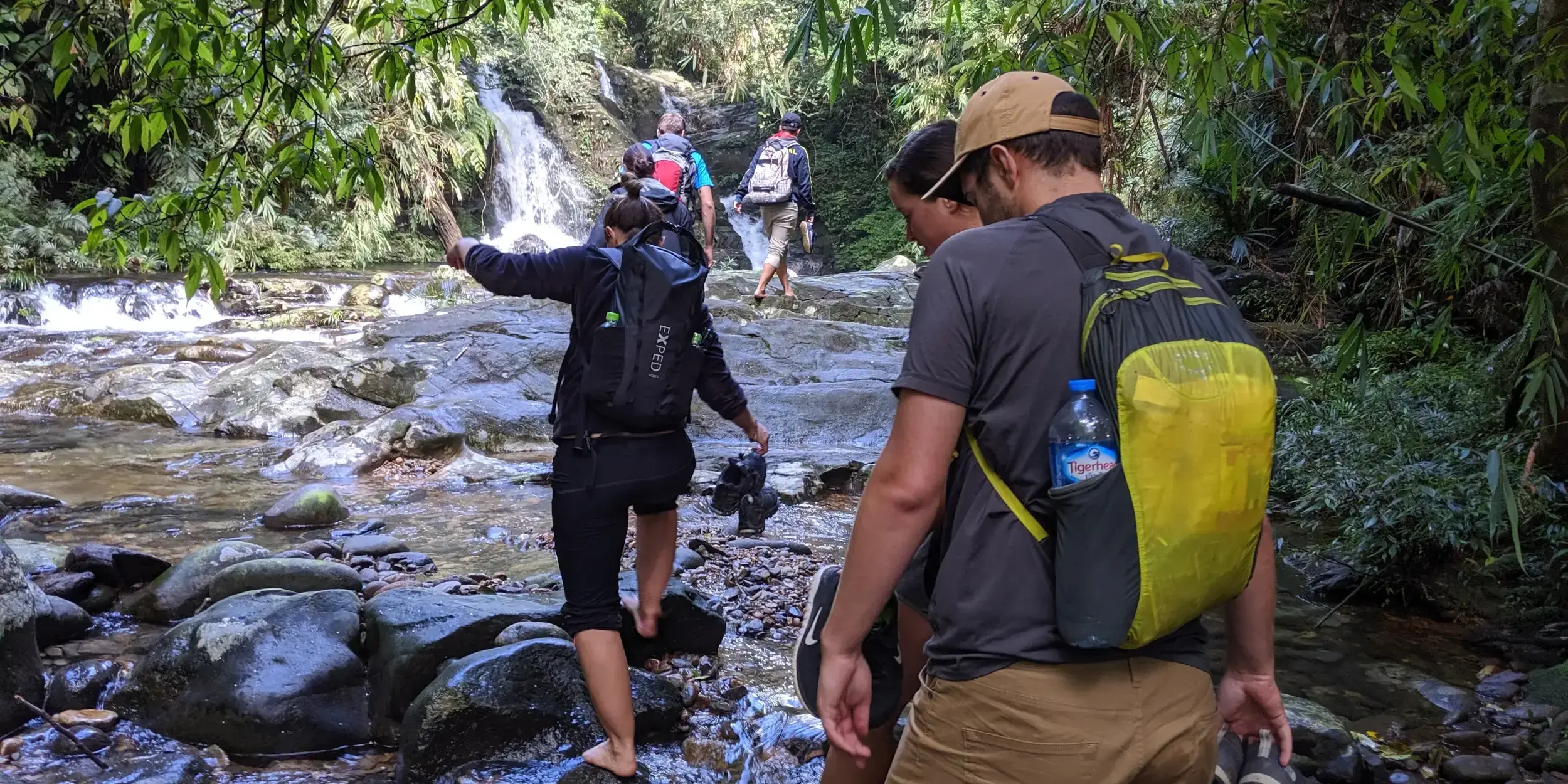
4 Days in Hue, Vietnam - Part 2
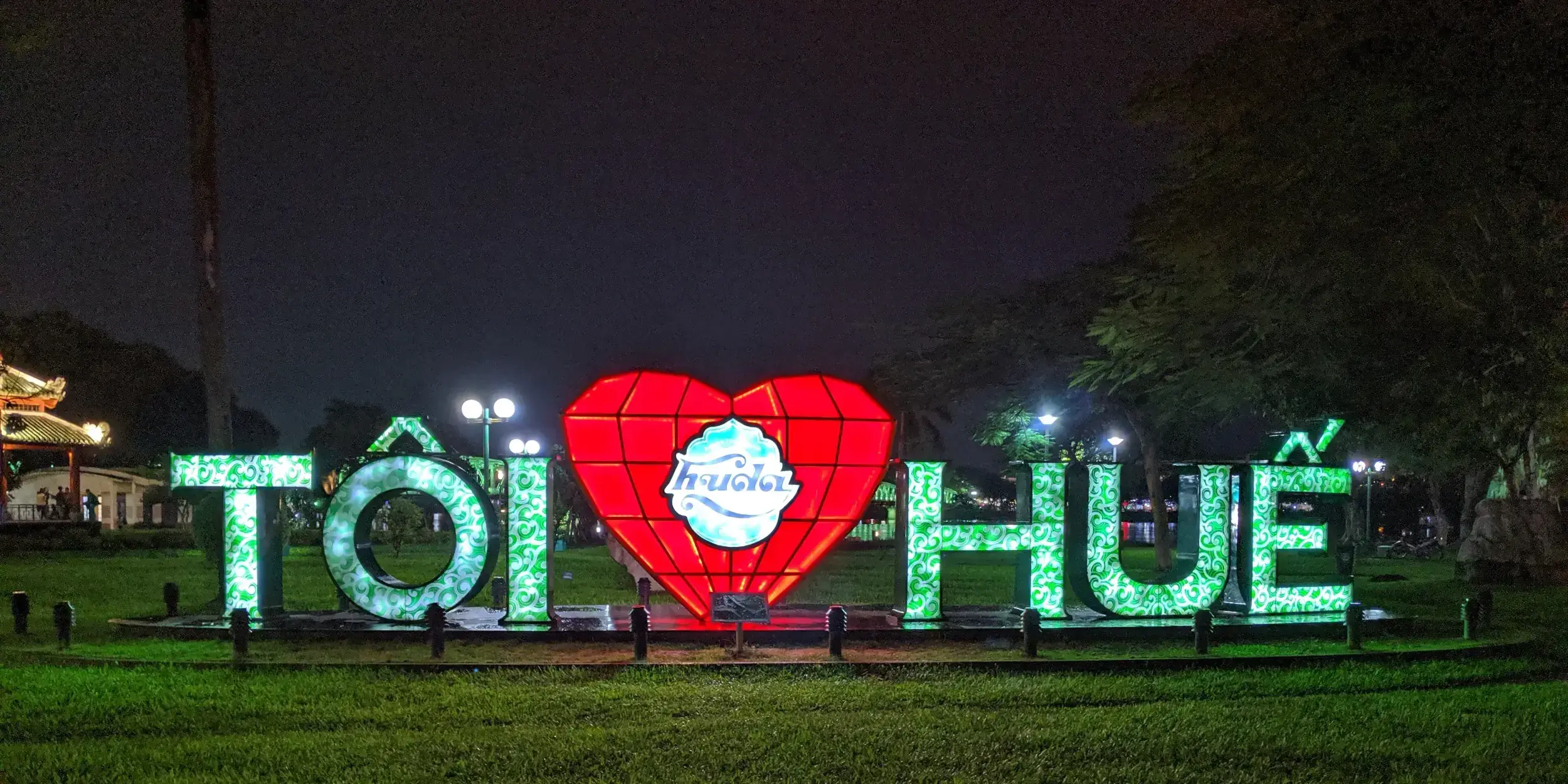
4 Days in Hue, Vietnam - Part 1
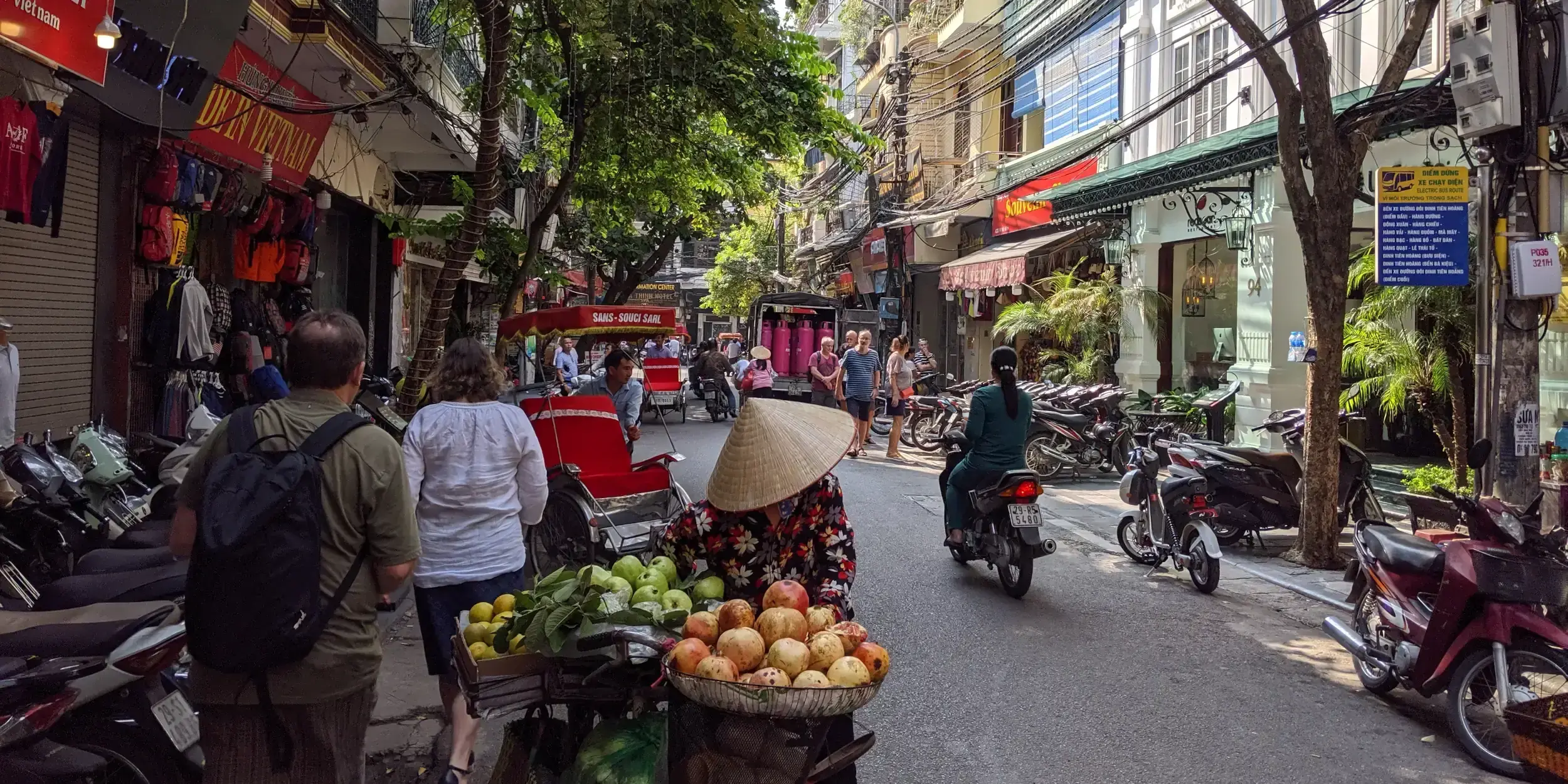
6 Days in Hanoi, Vietnam - Part 3
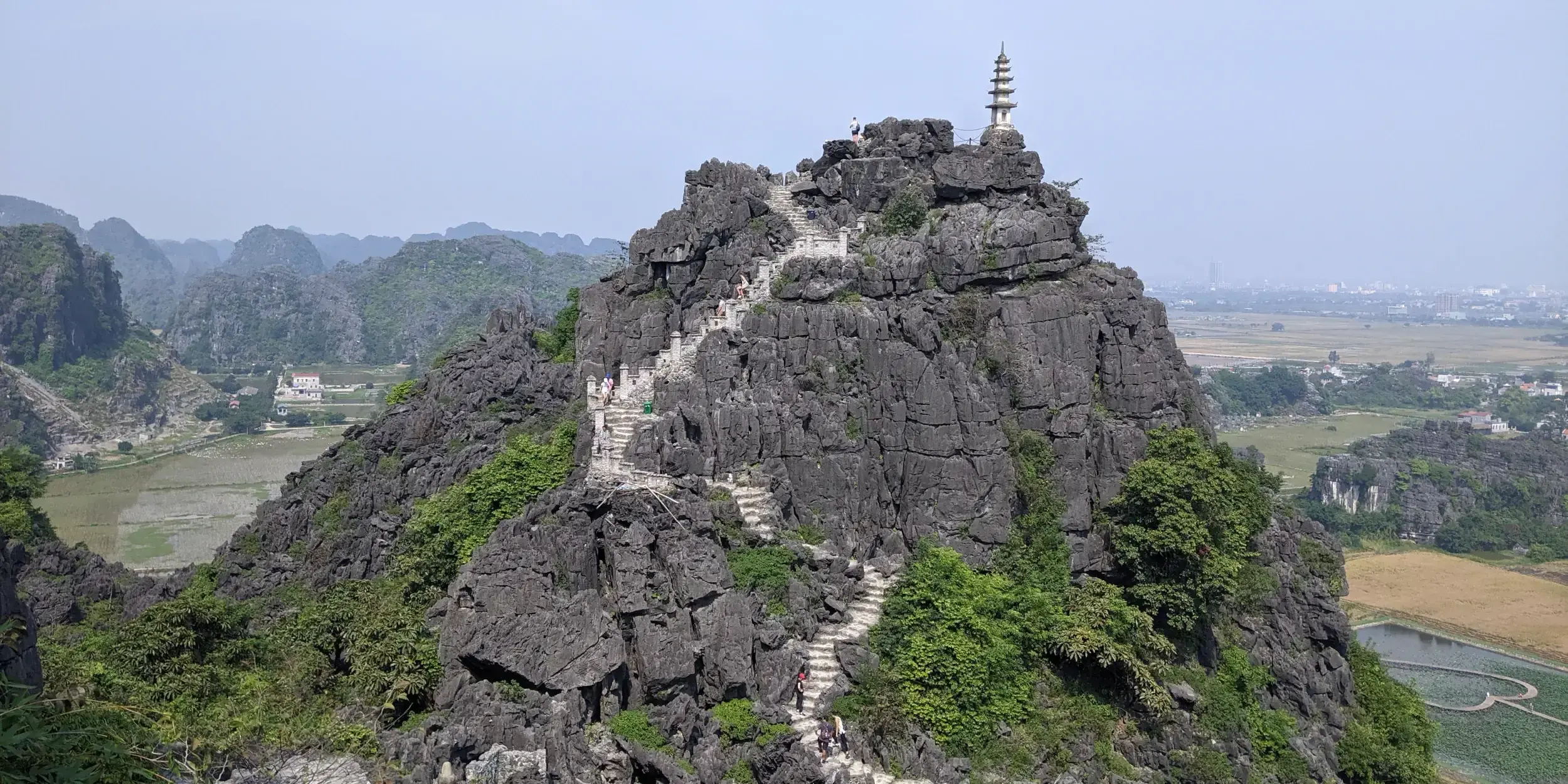
1 Day in Ninh Binh, Vietnam
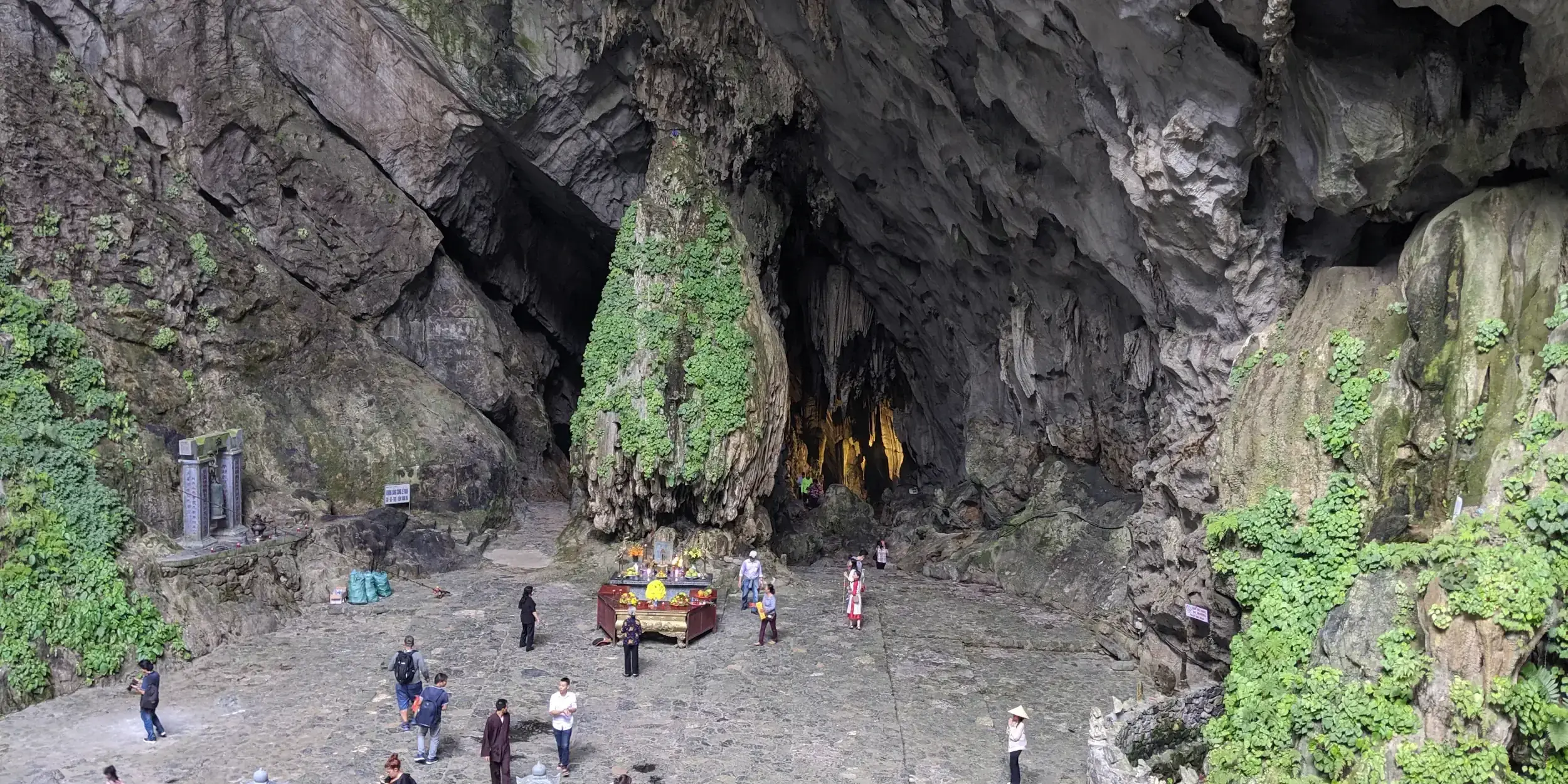
6 Days in Hanoi, Vietnam - Part 2
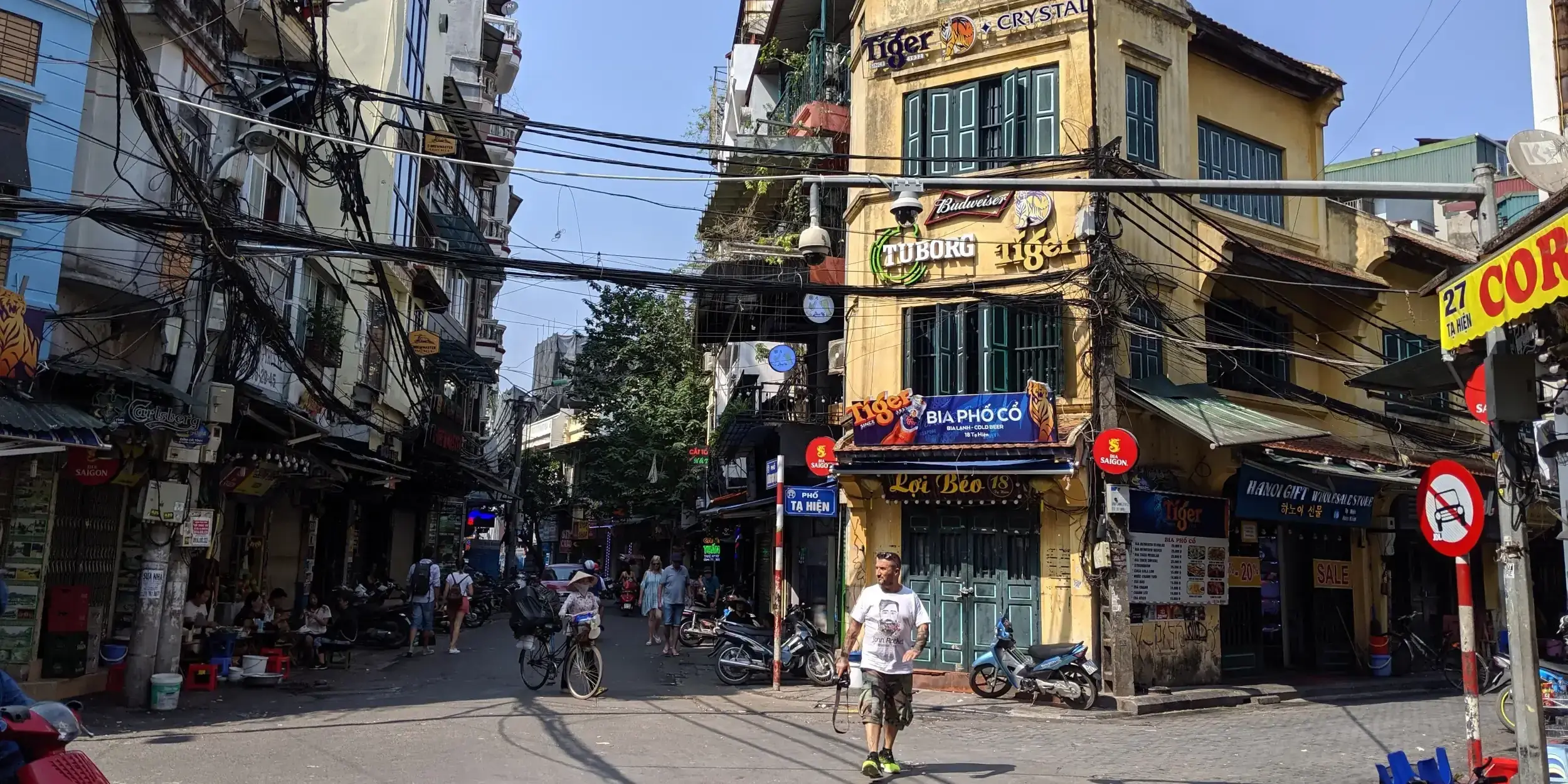
6 Days in Hanoi, Vietnam - Part 1
Comments